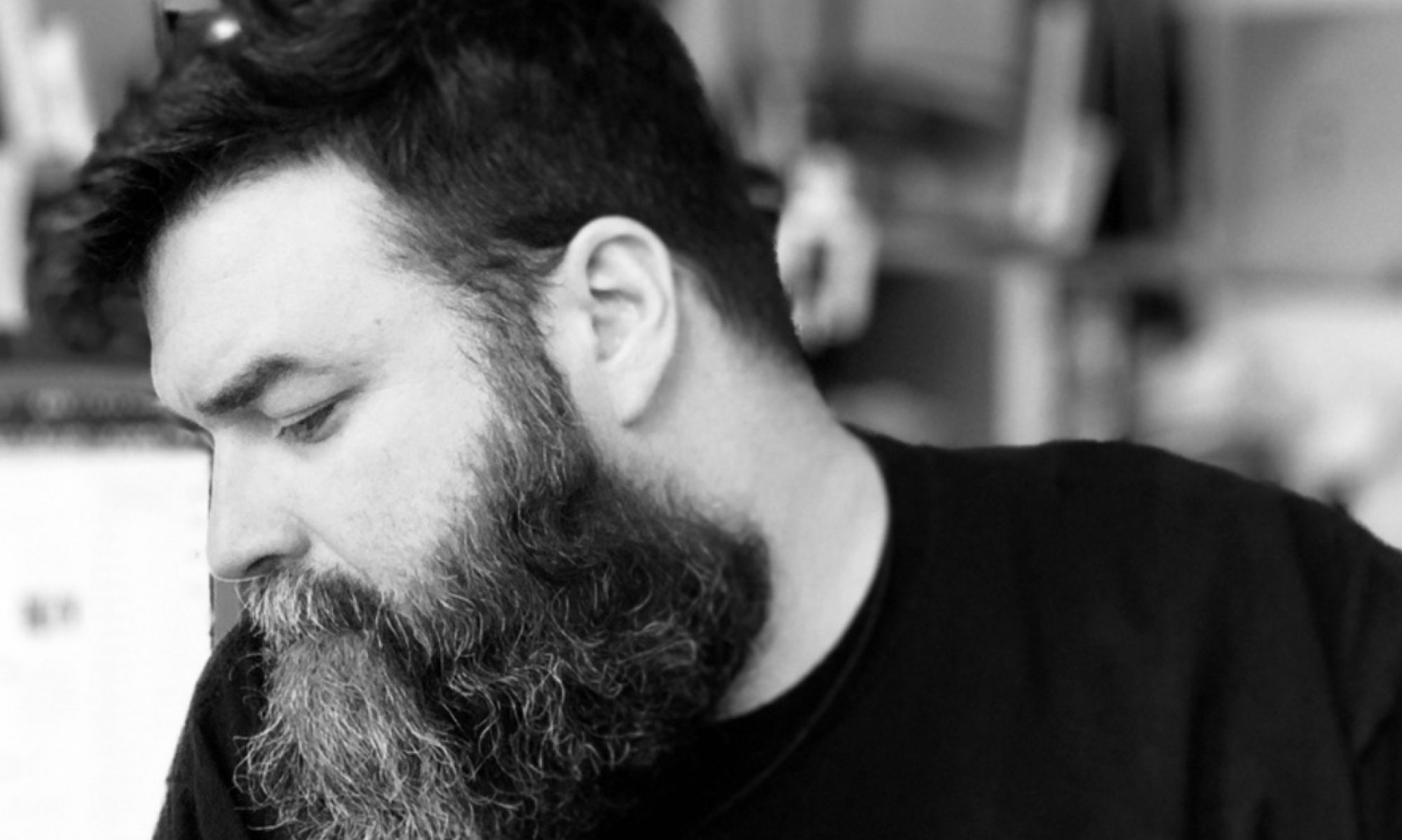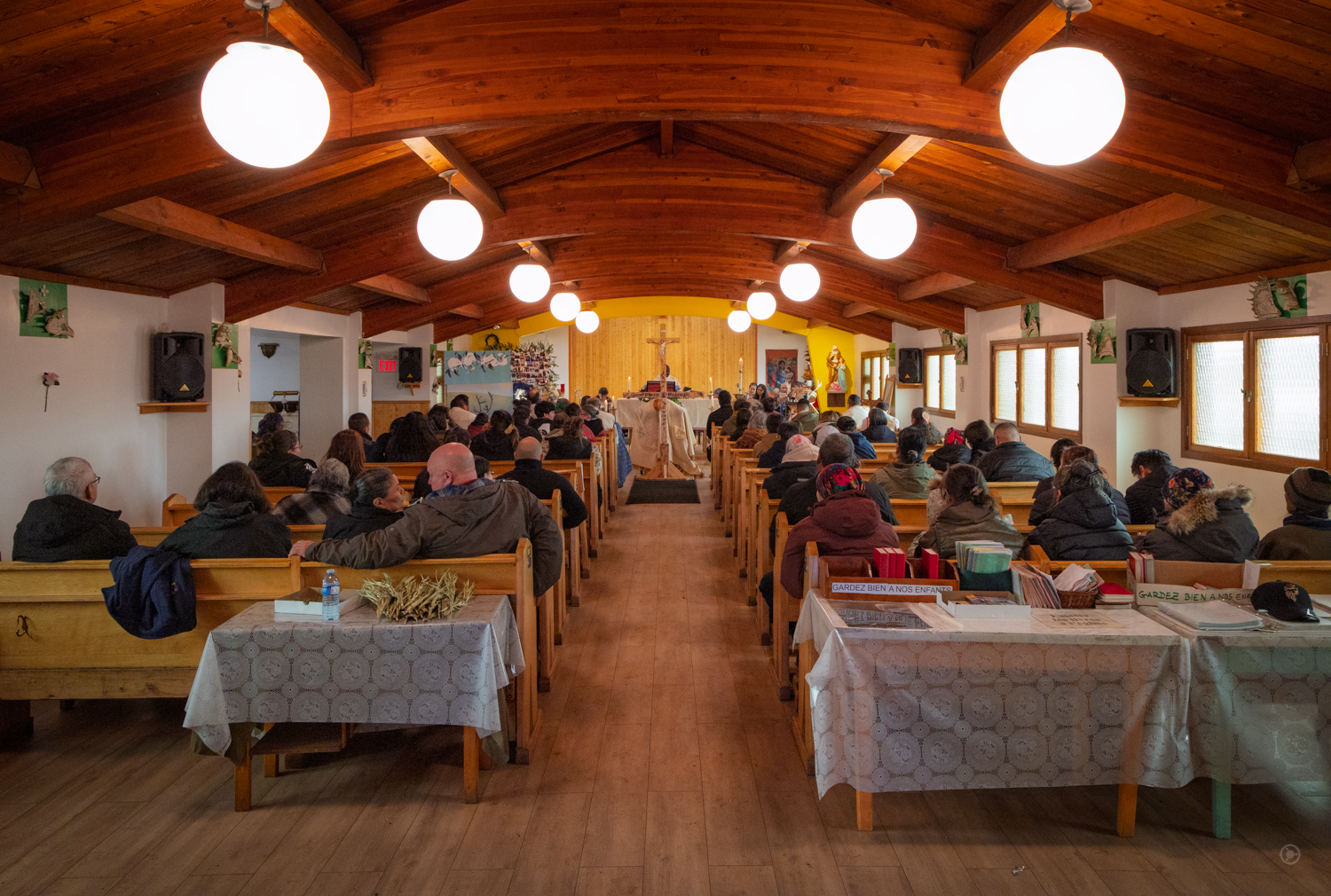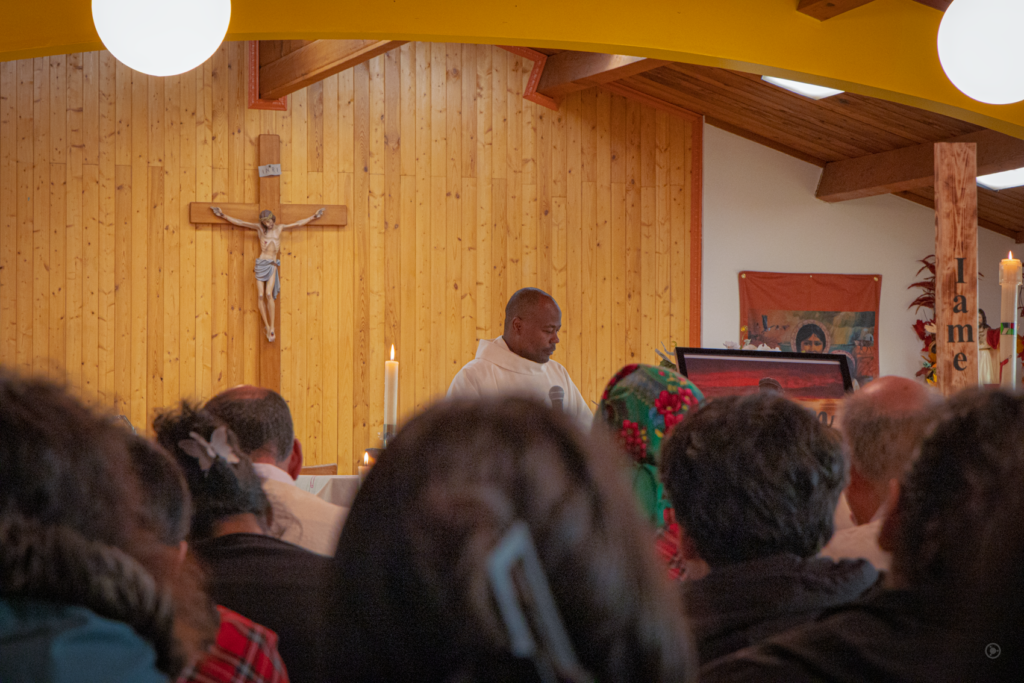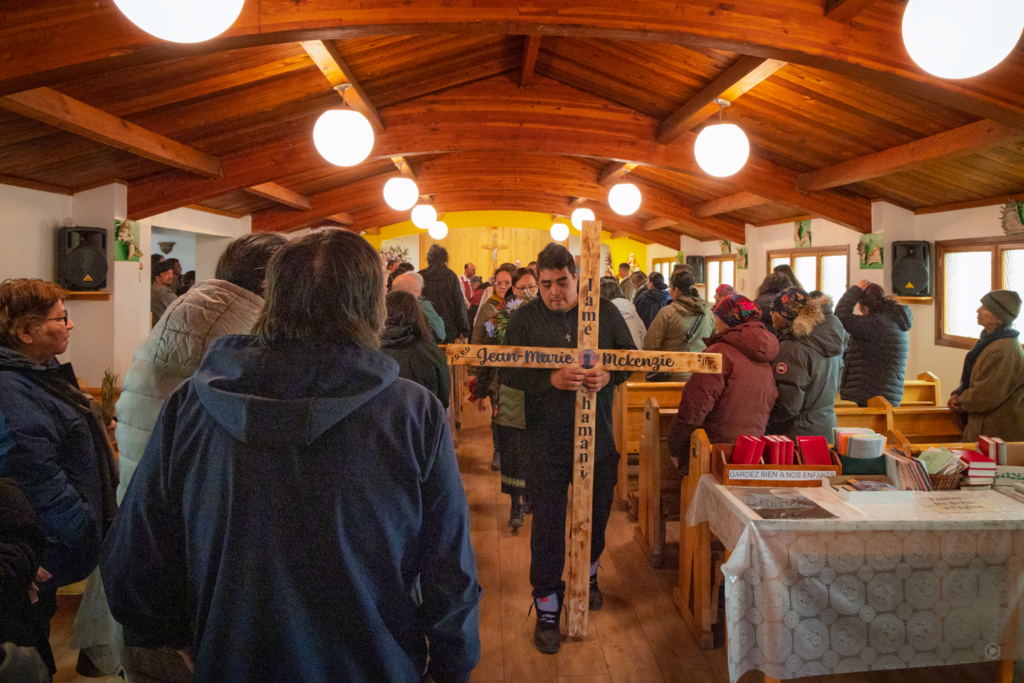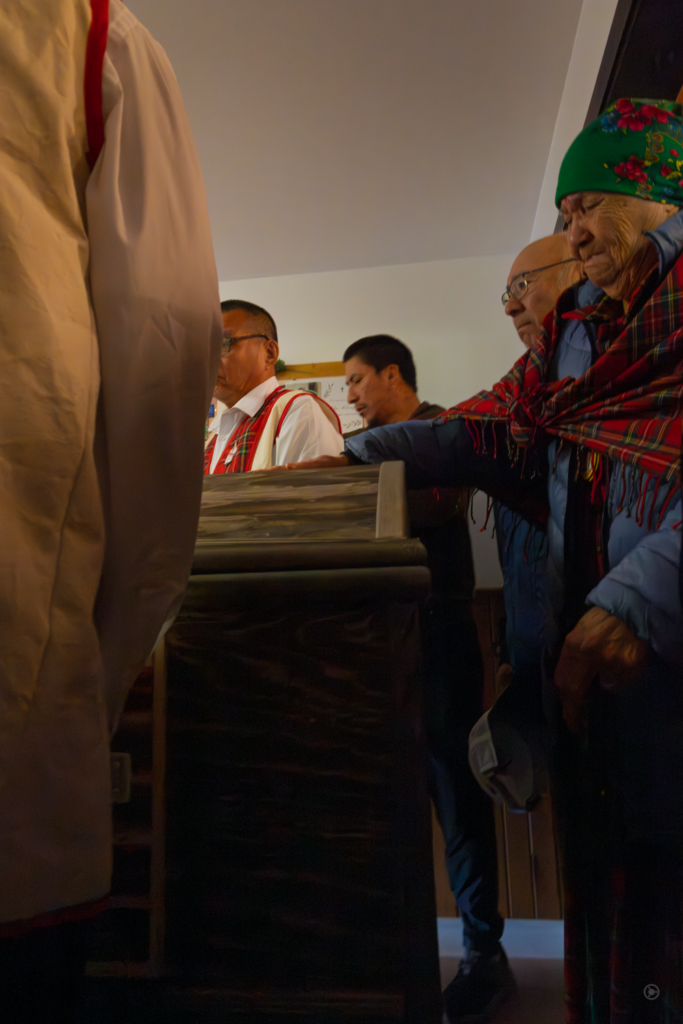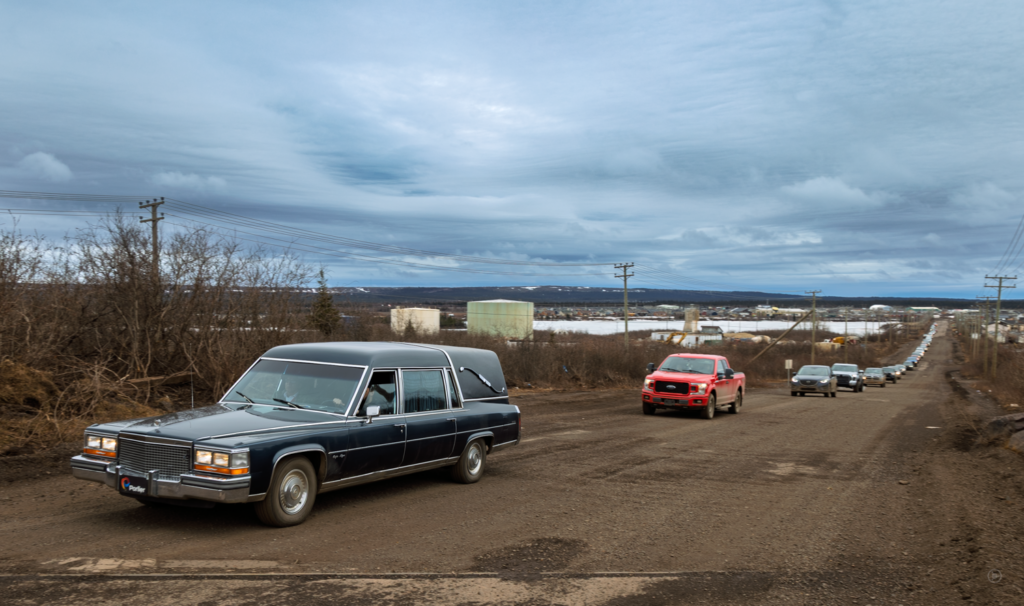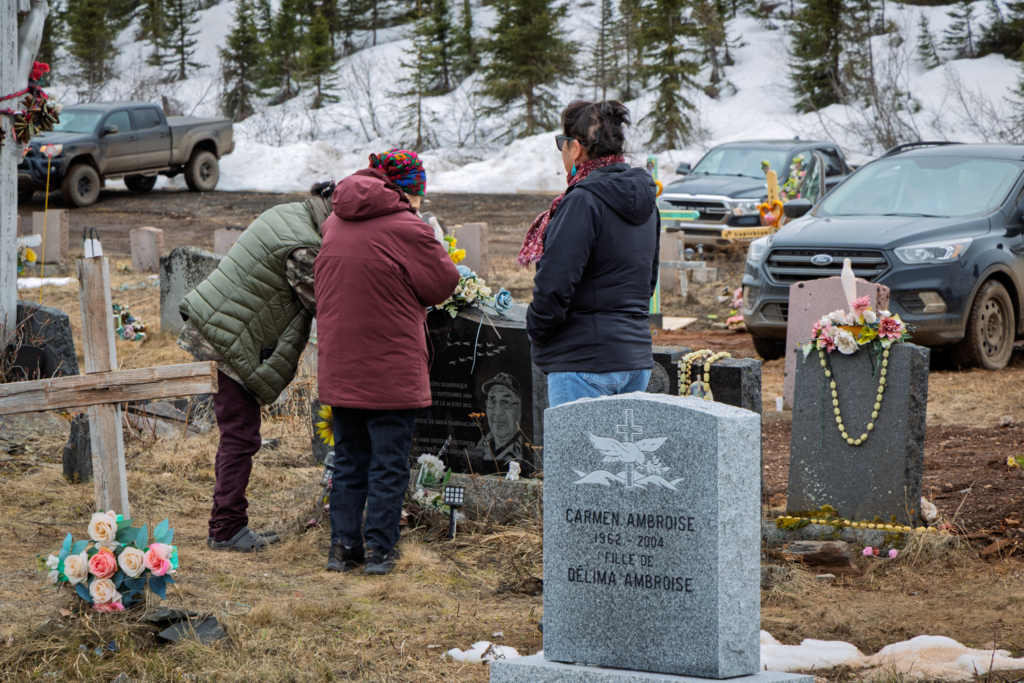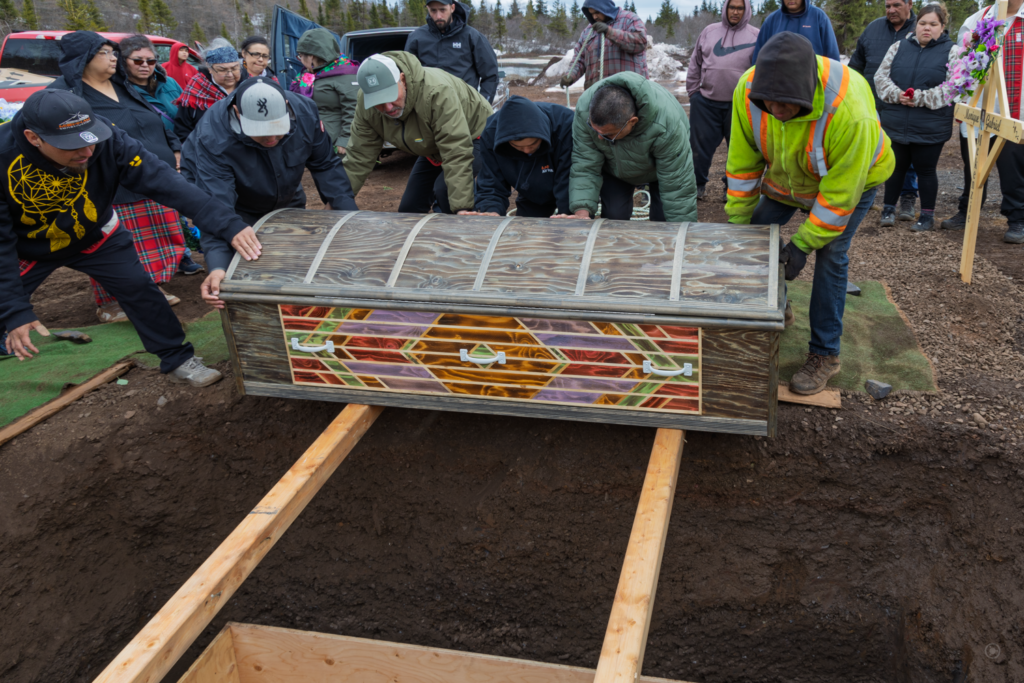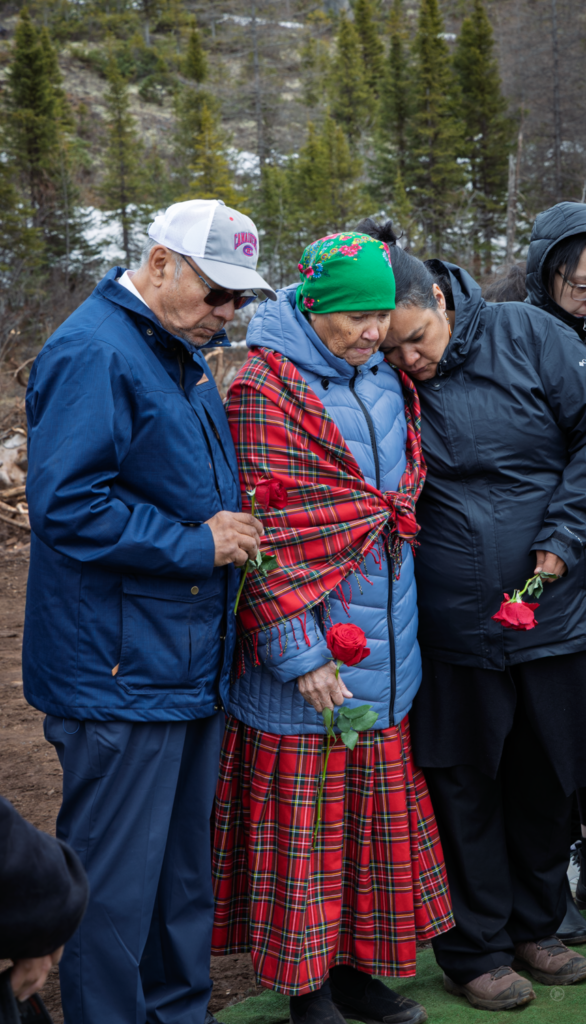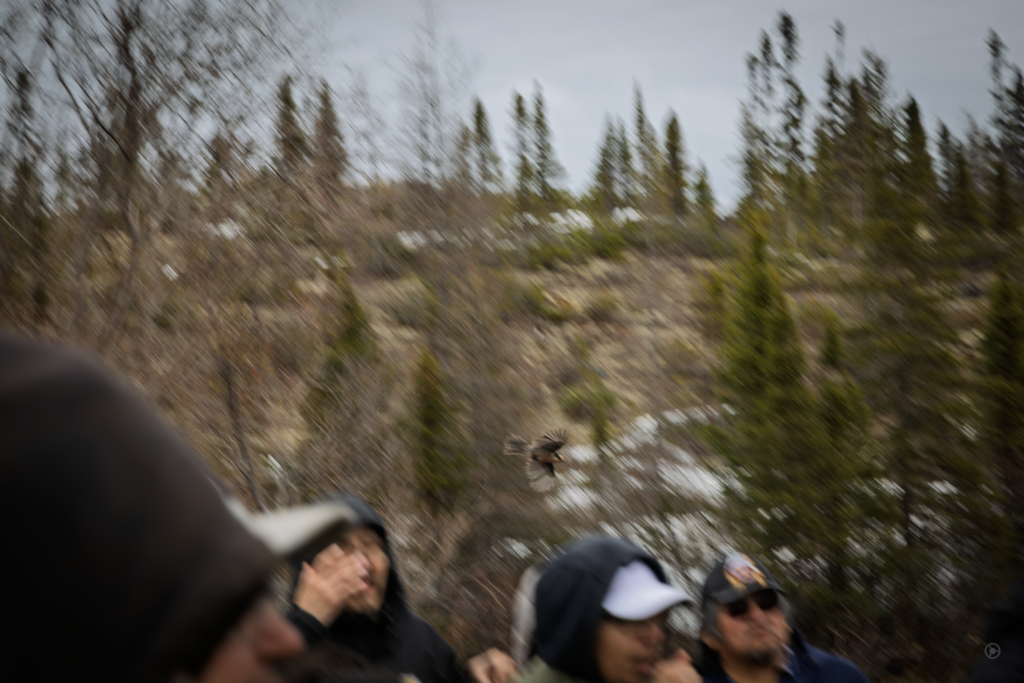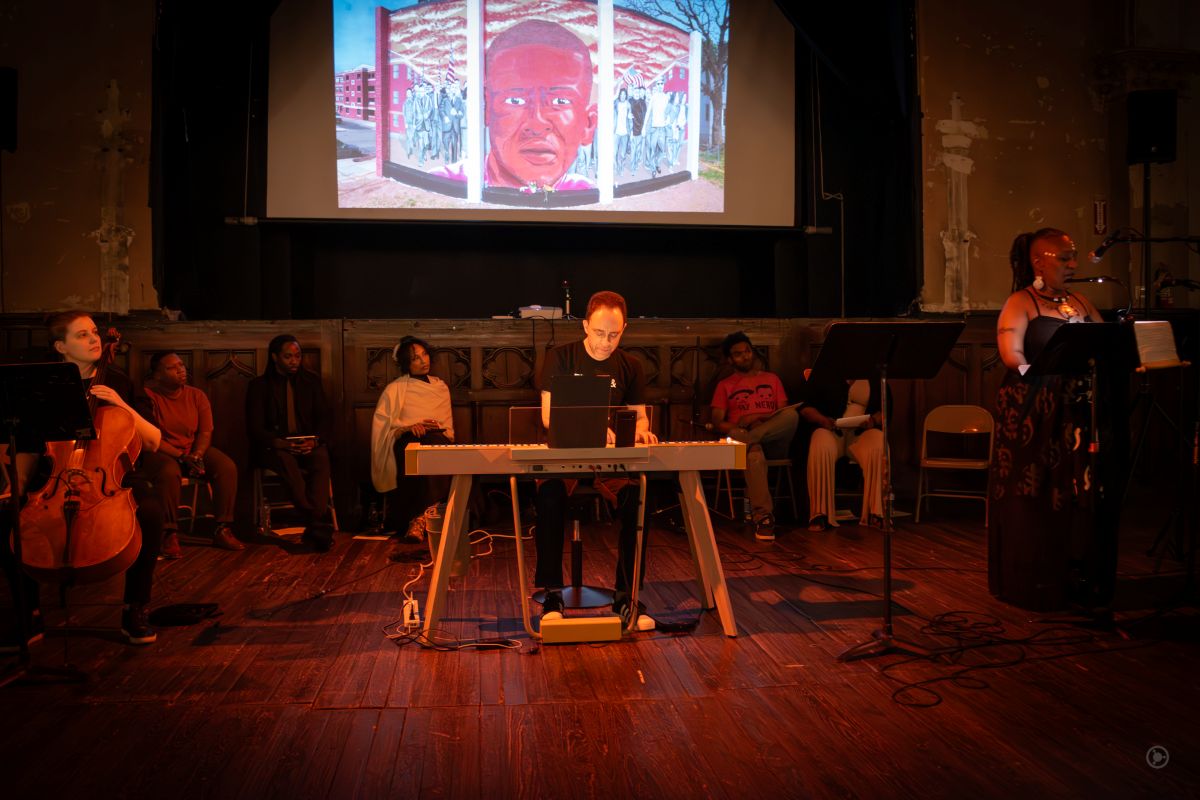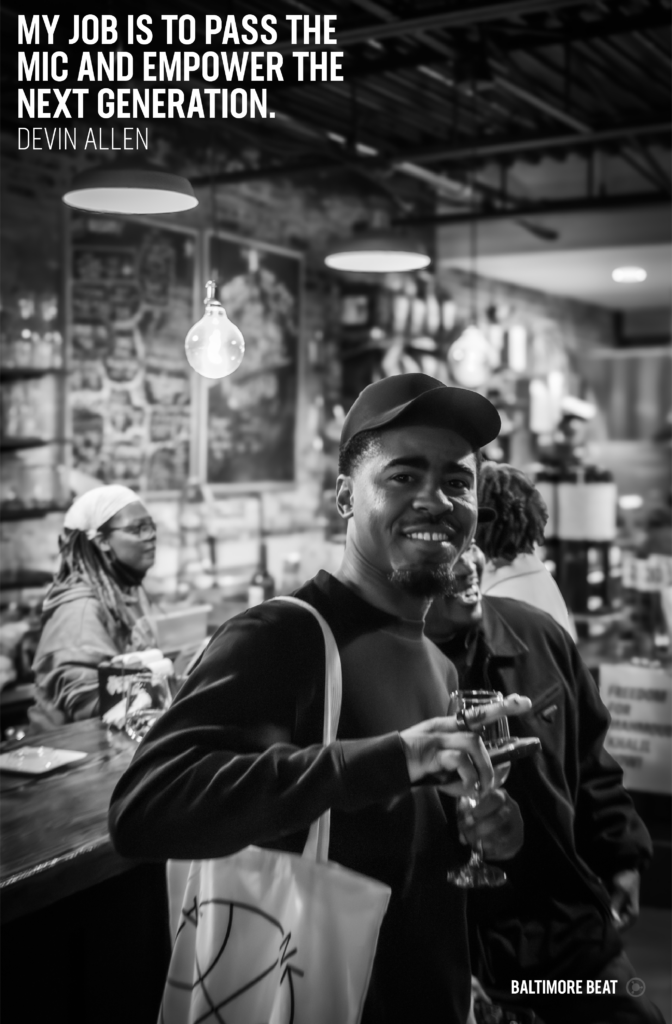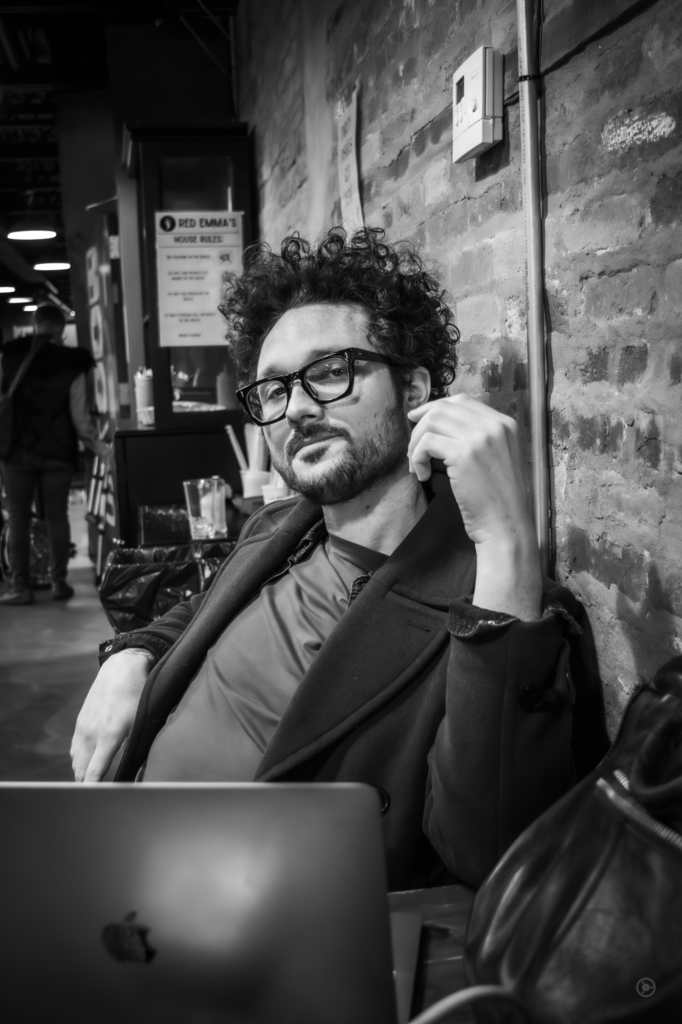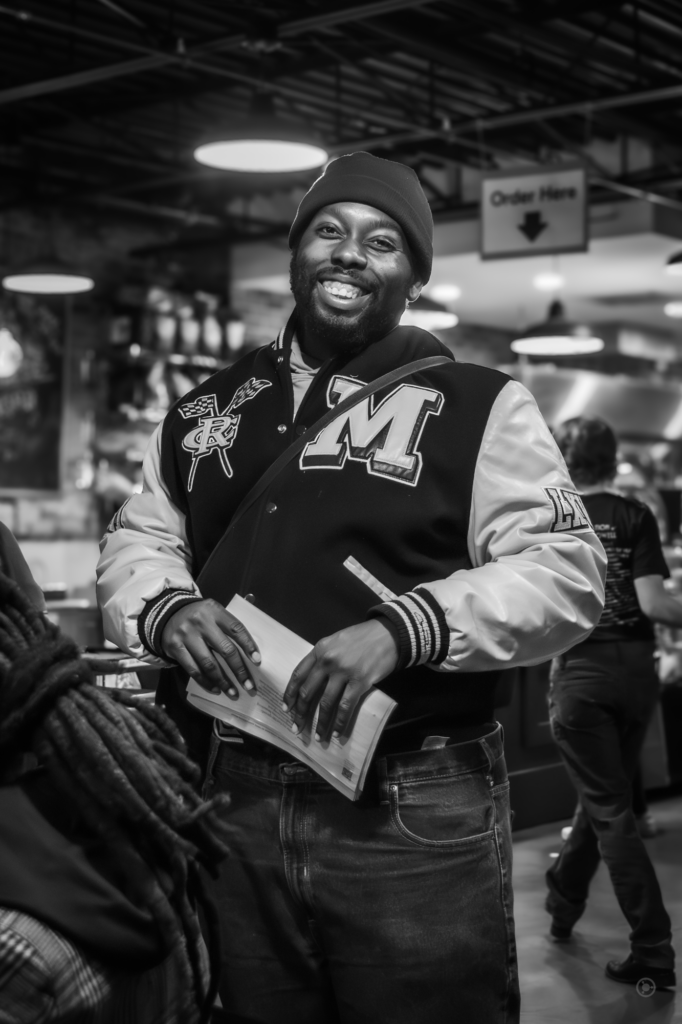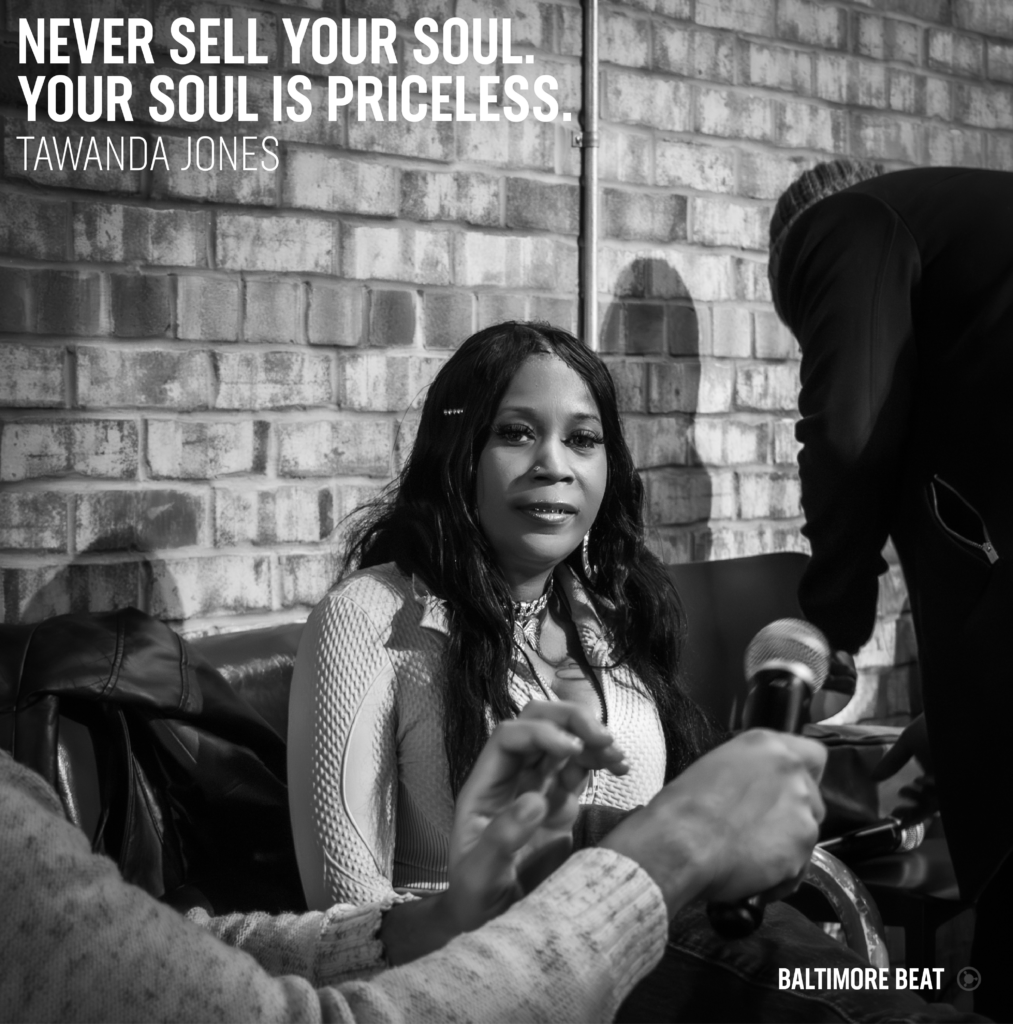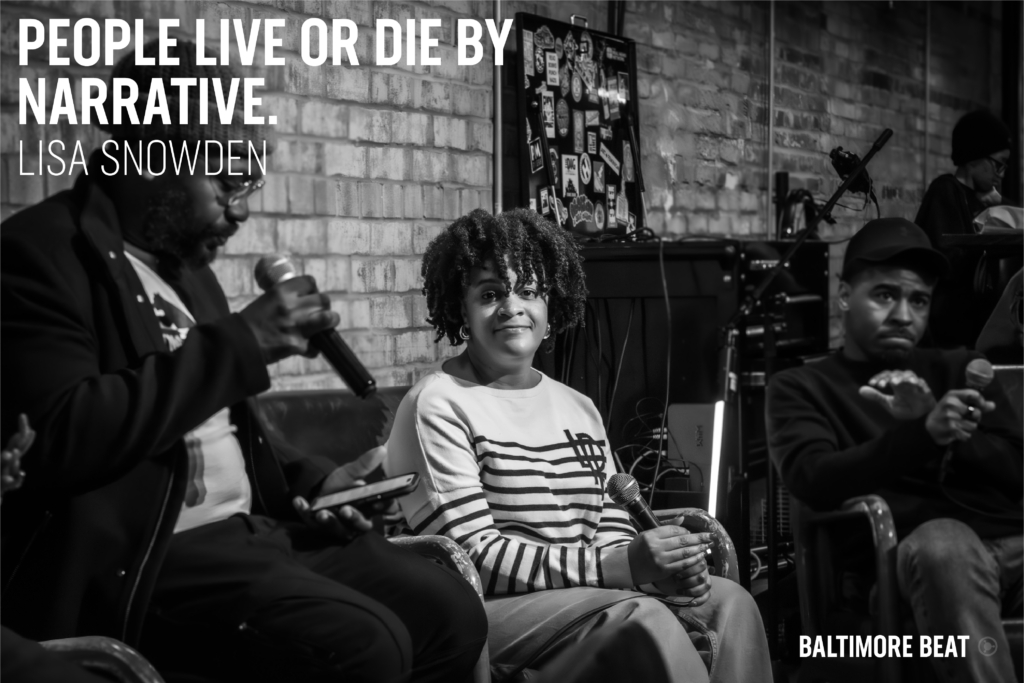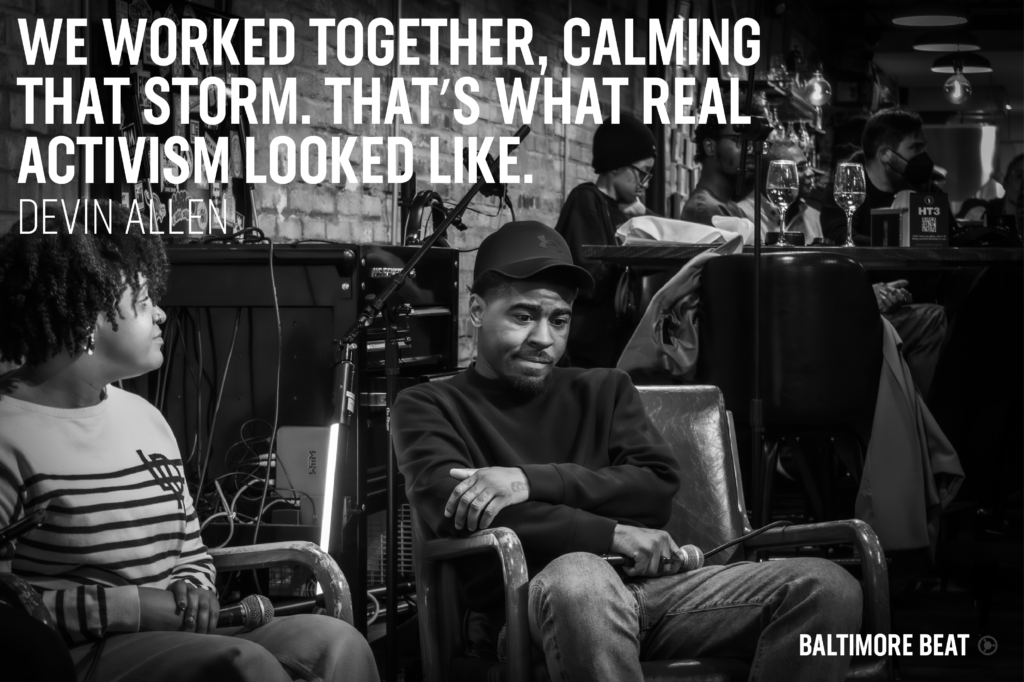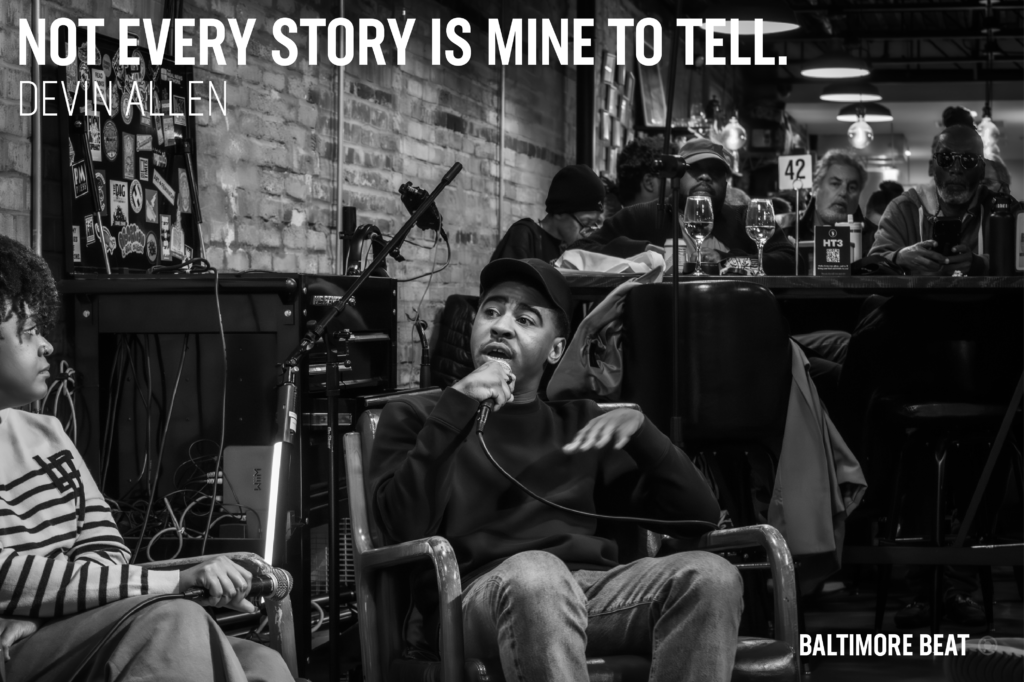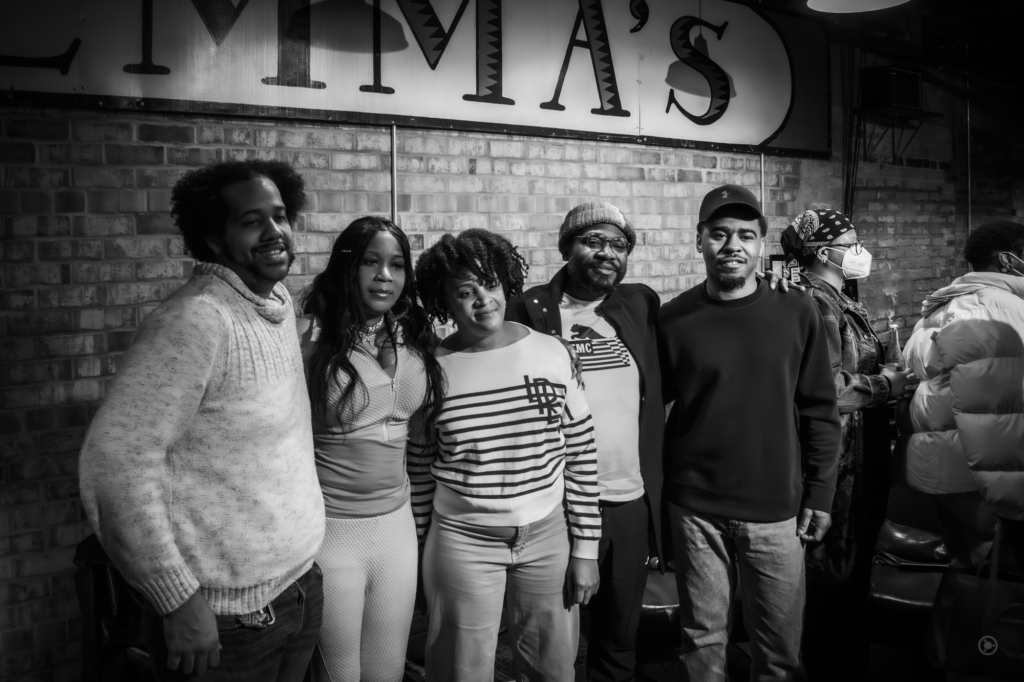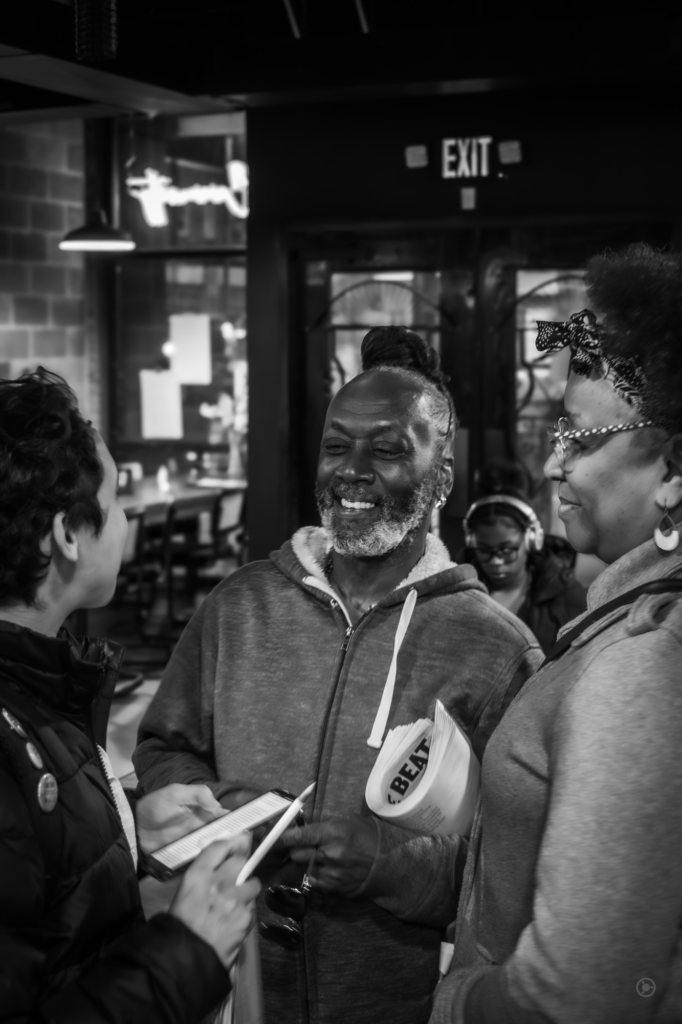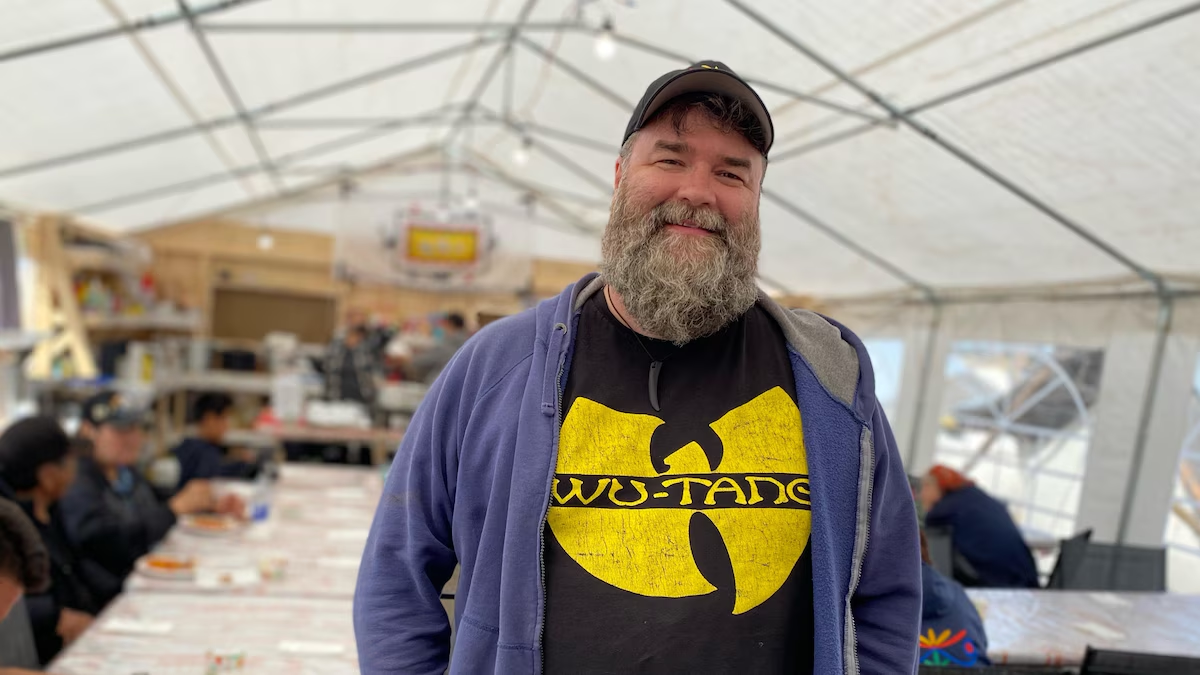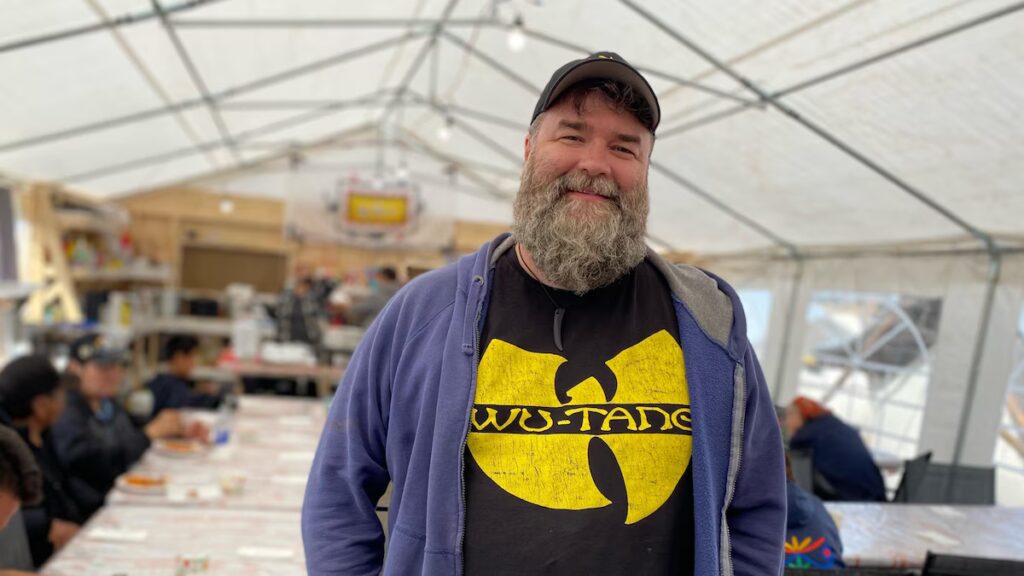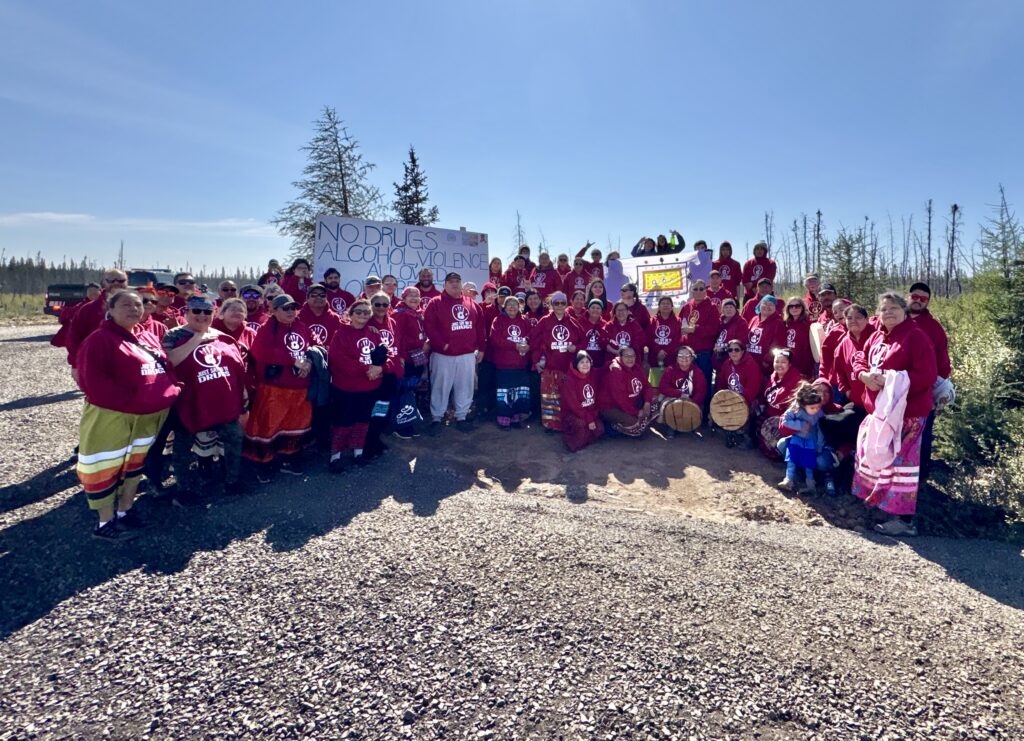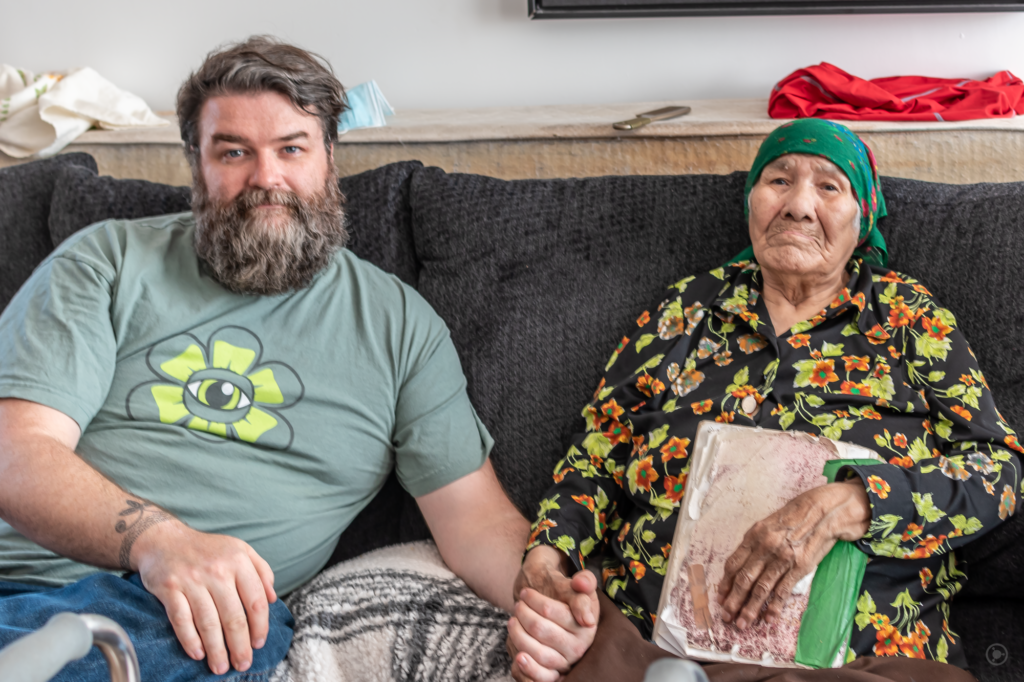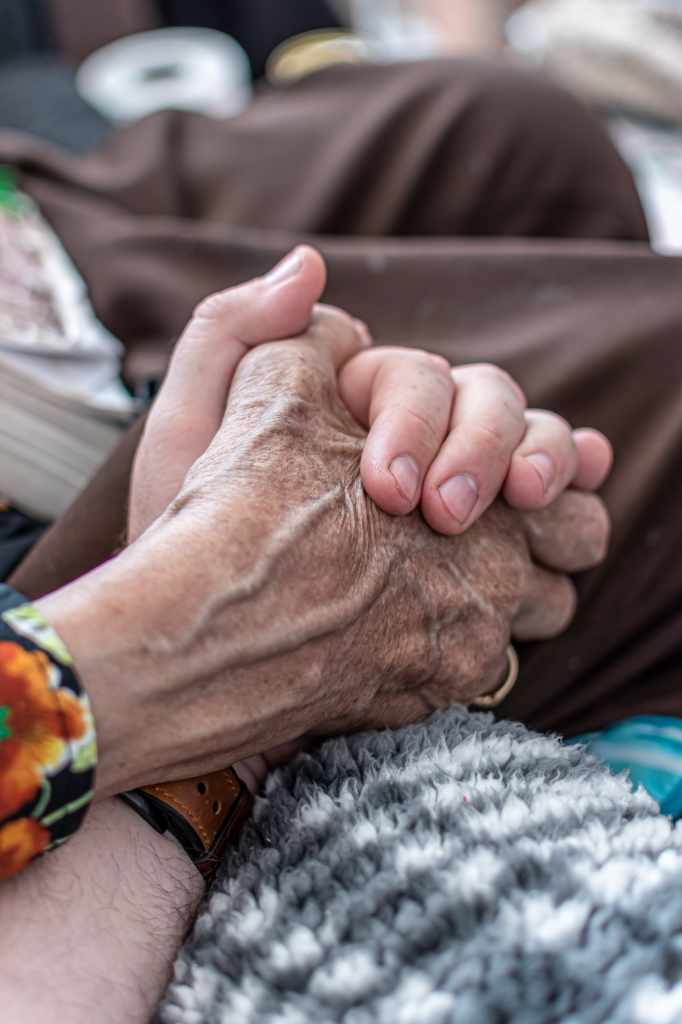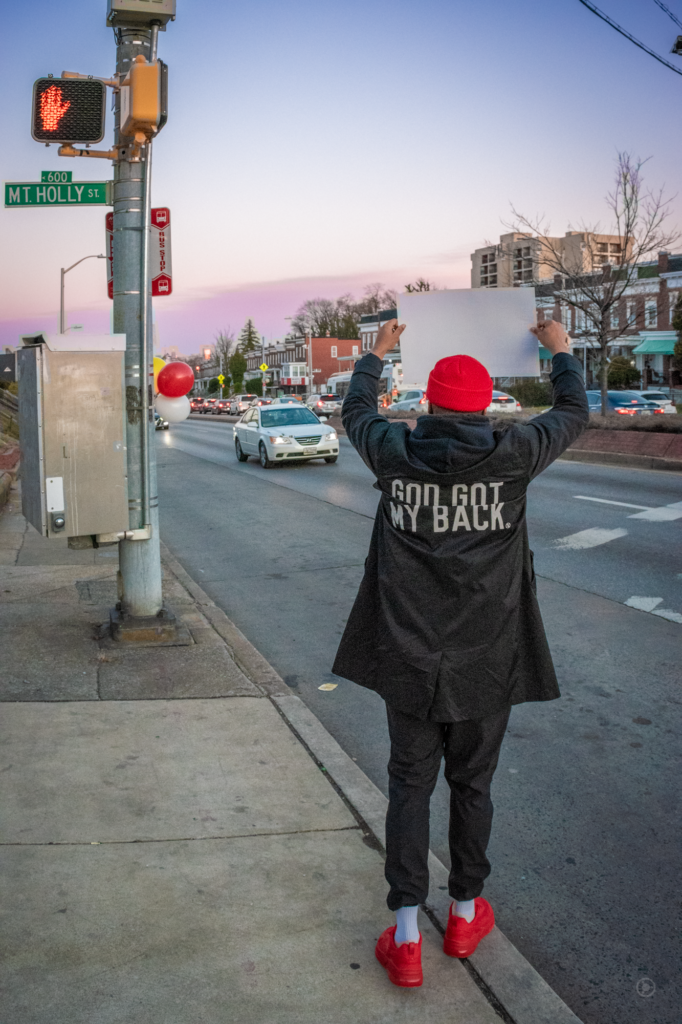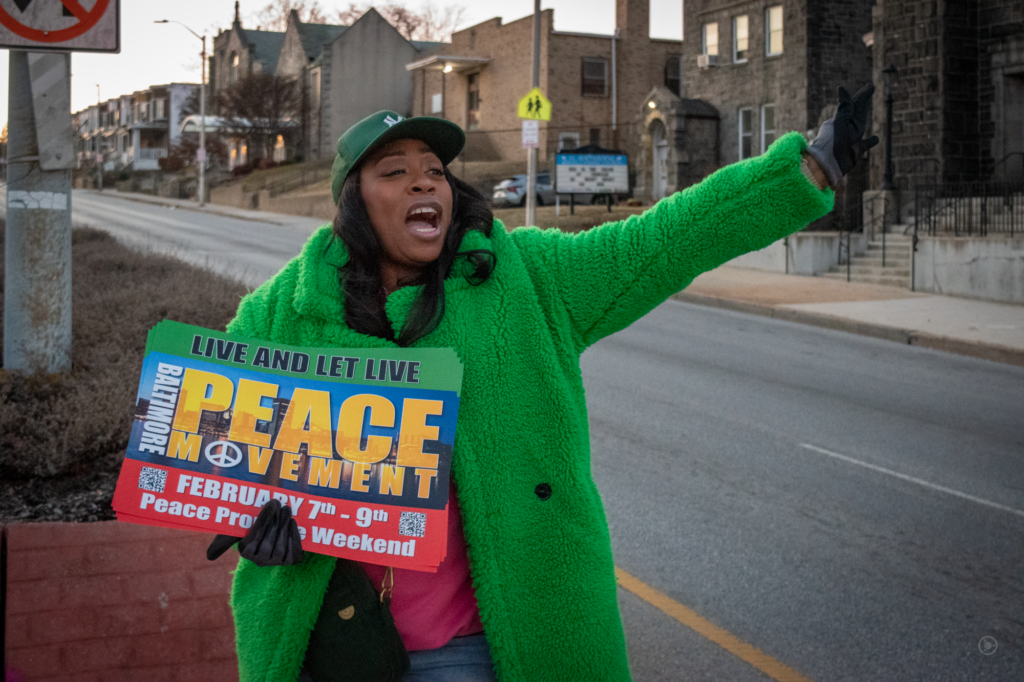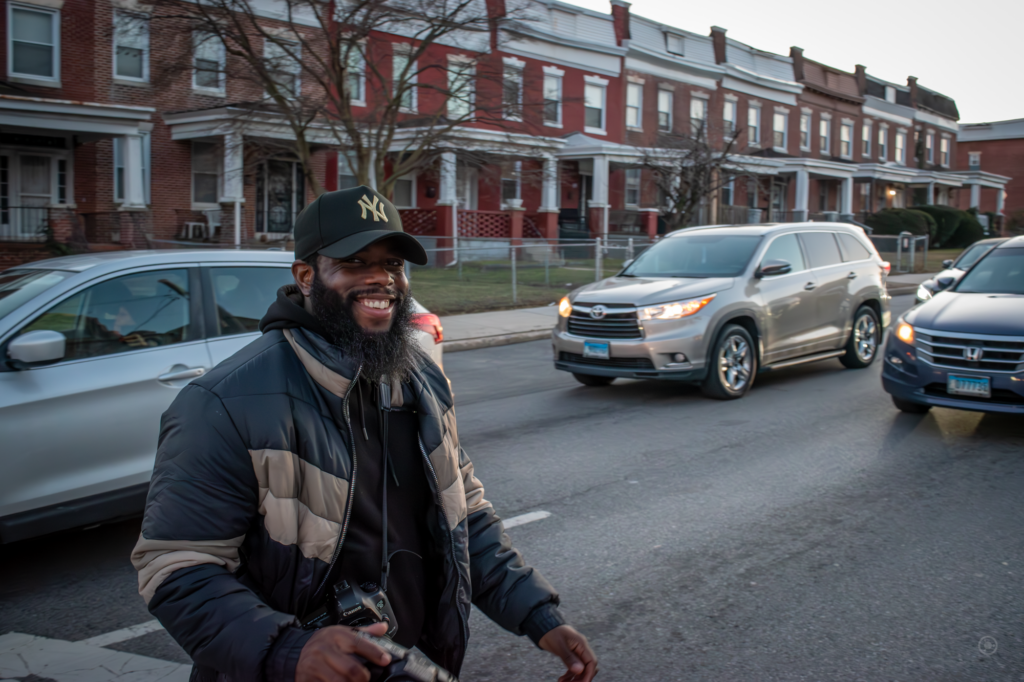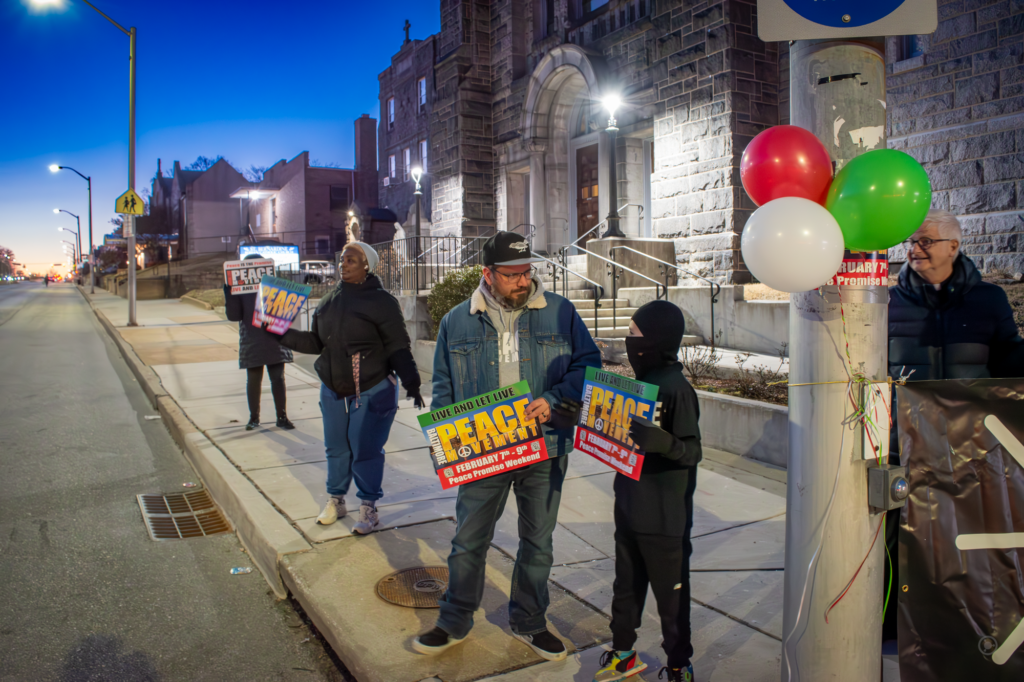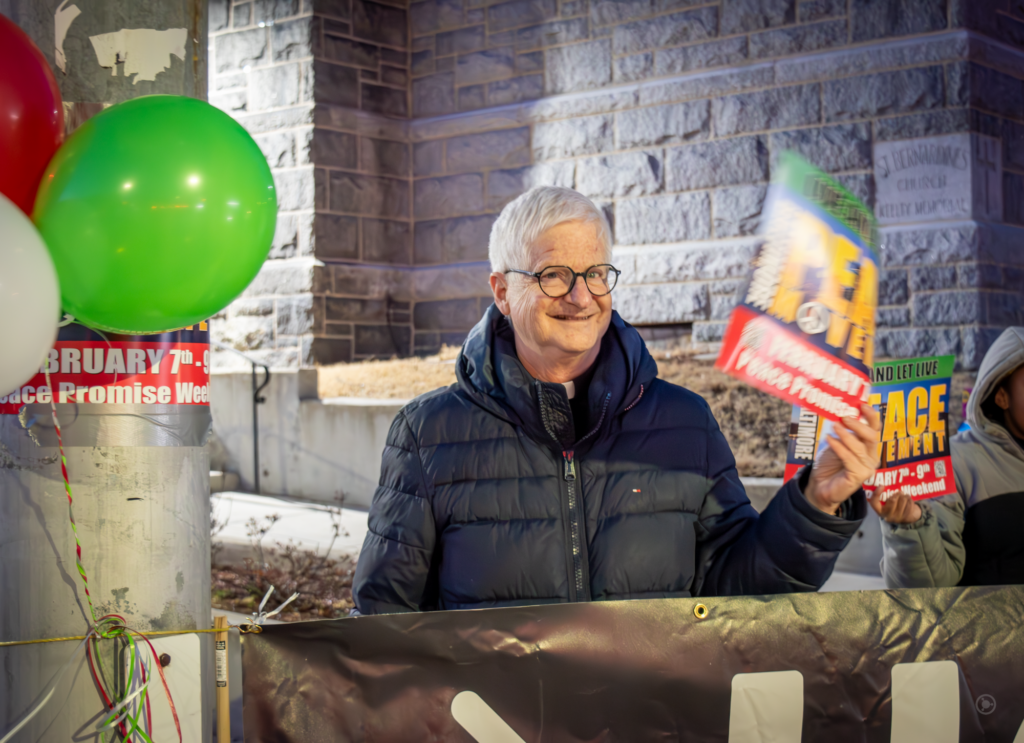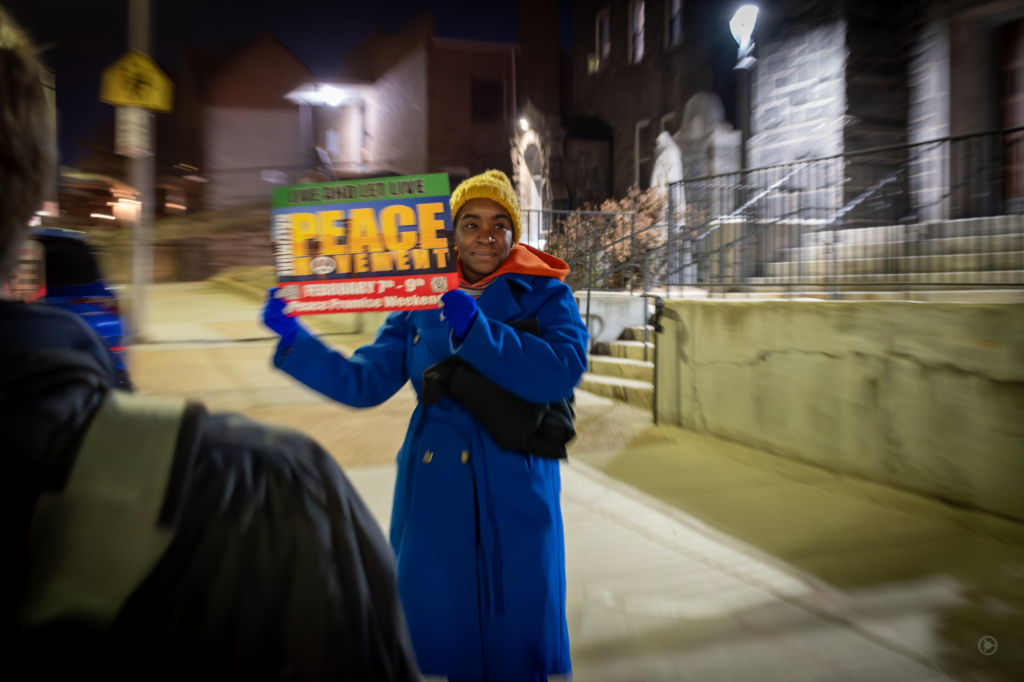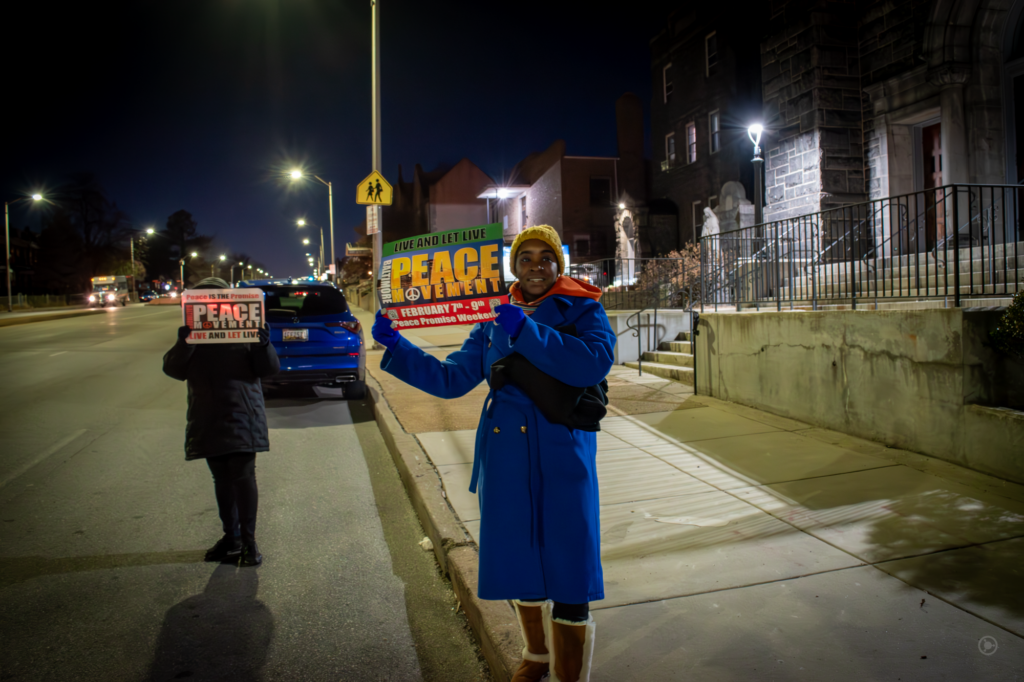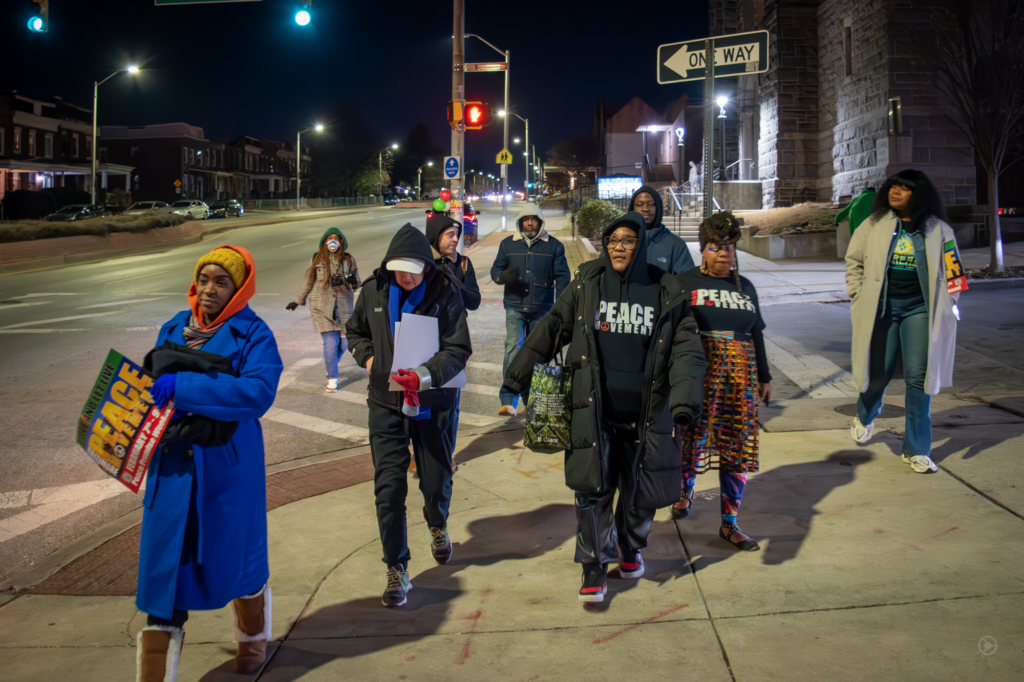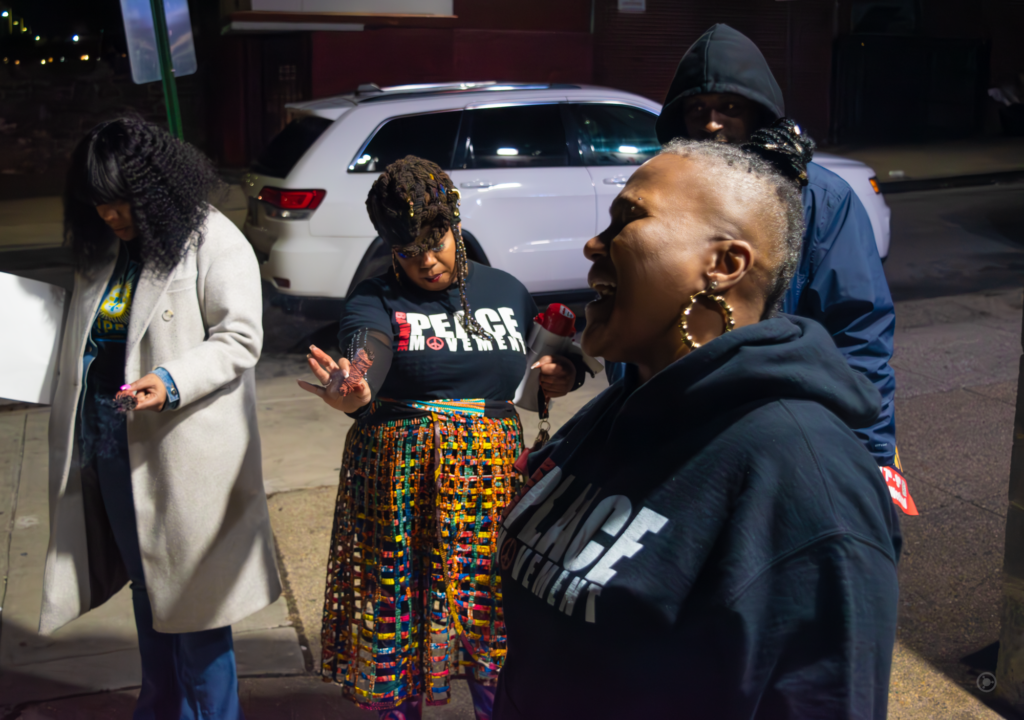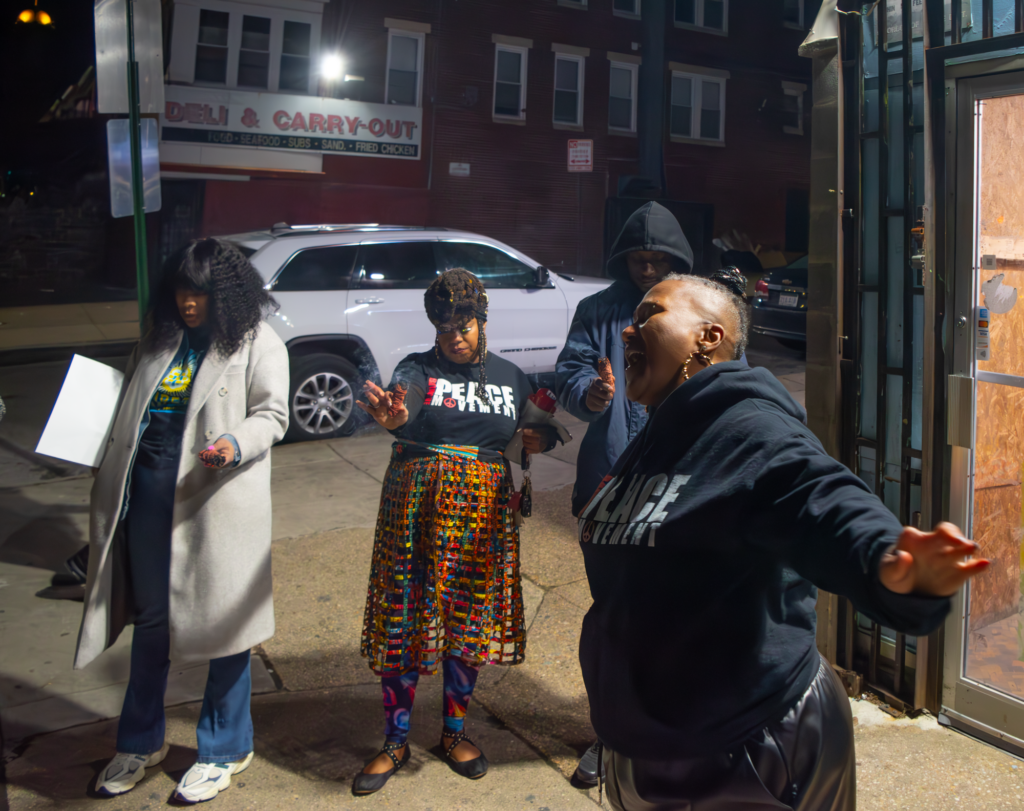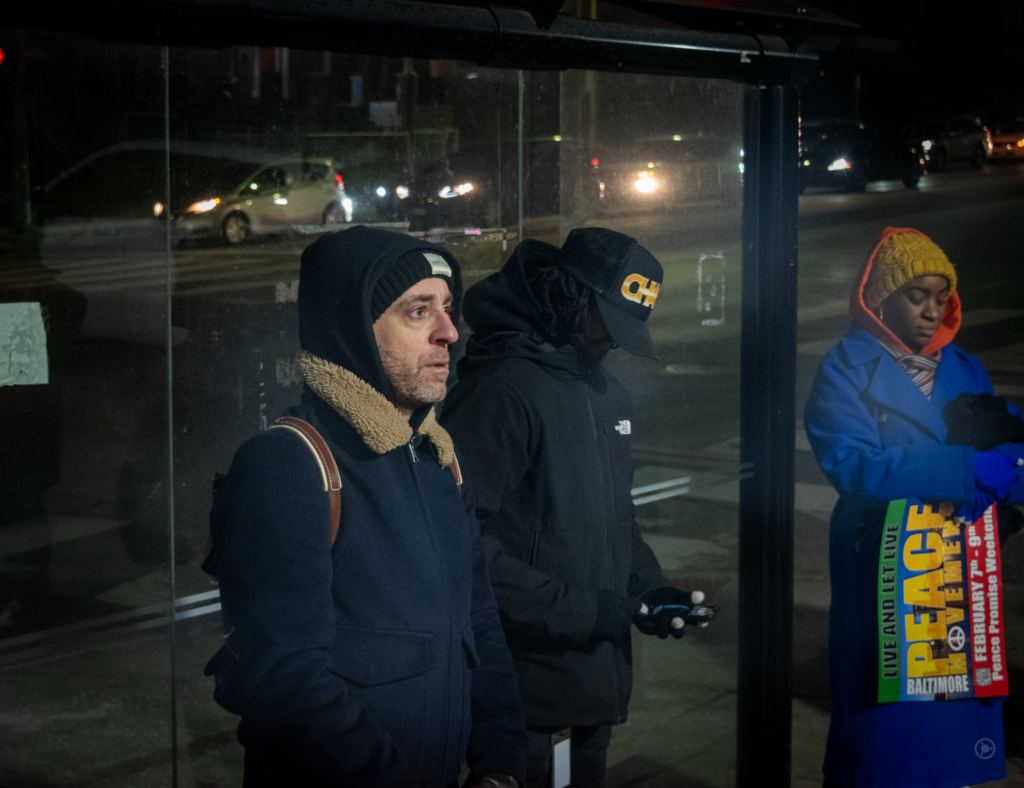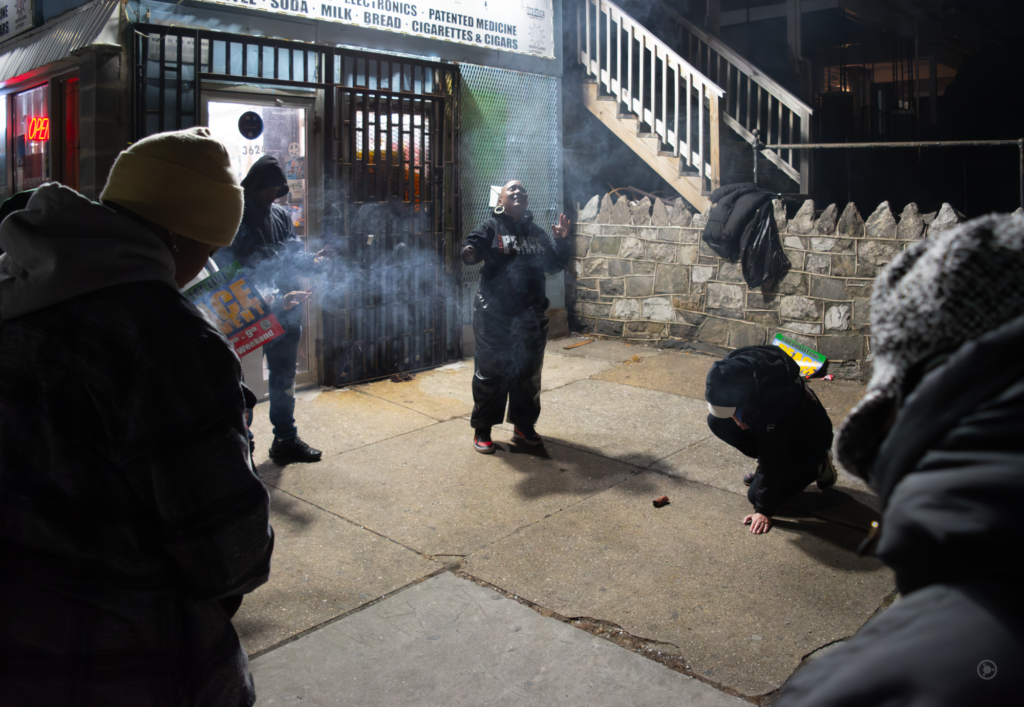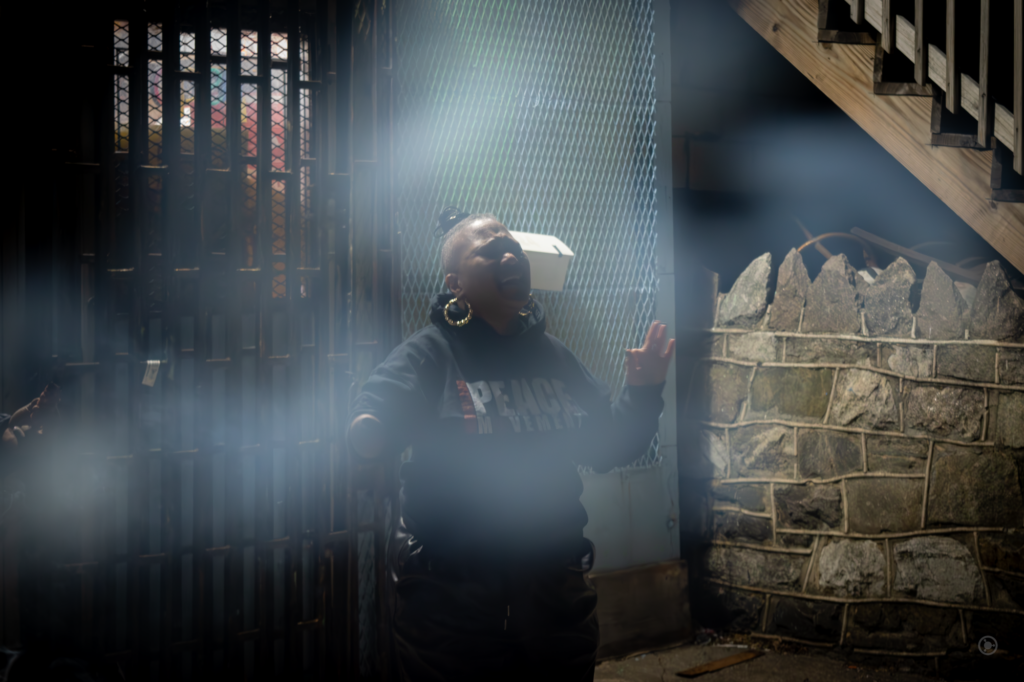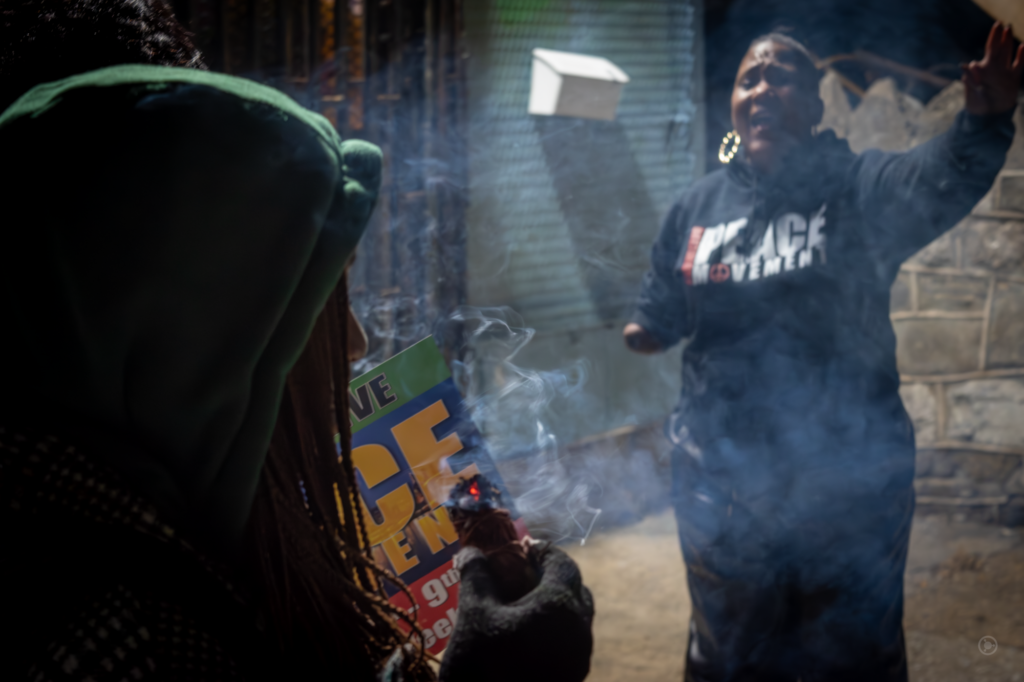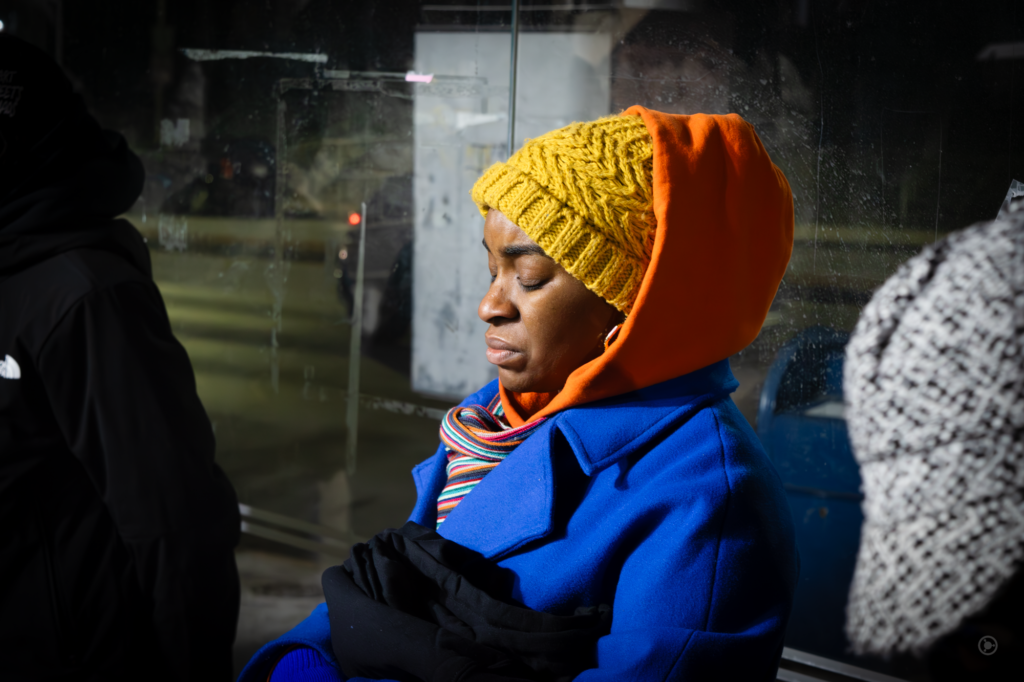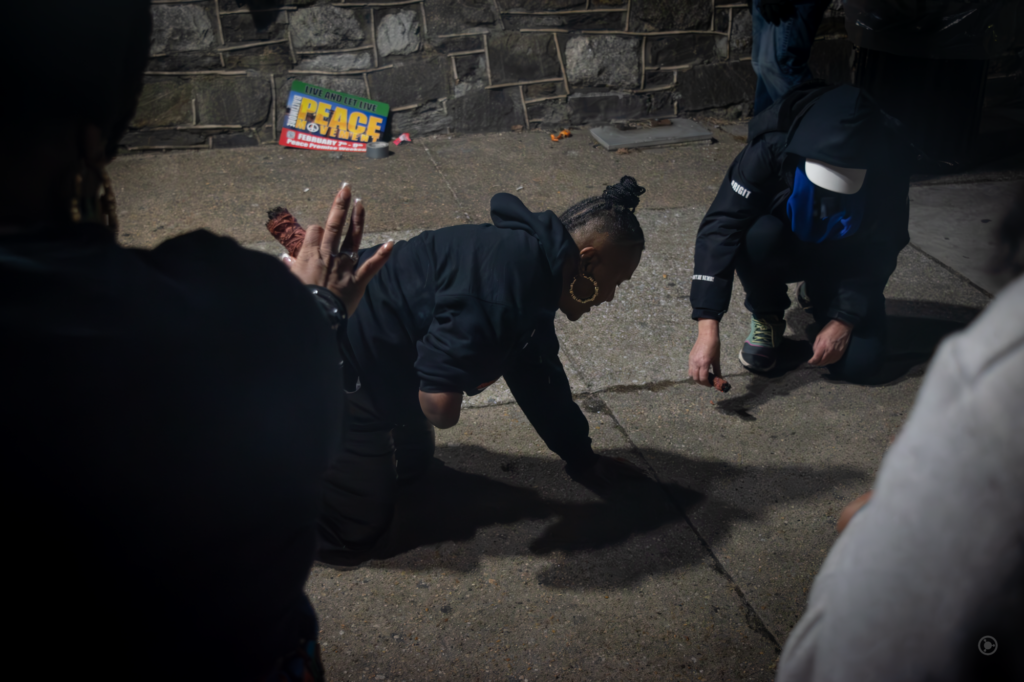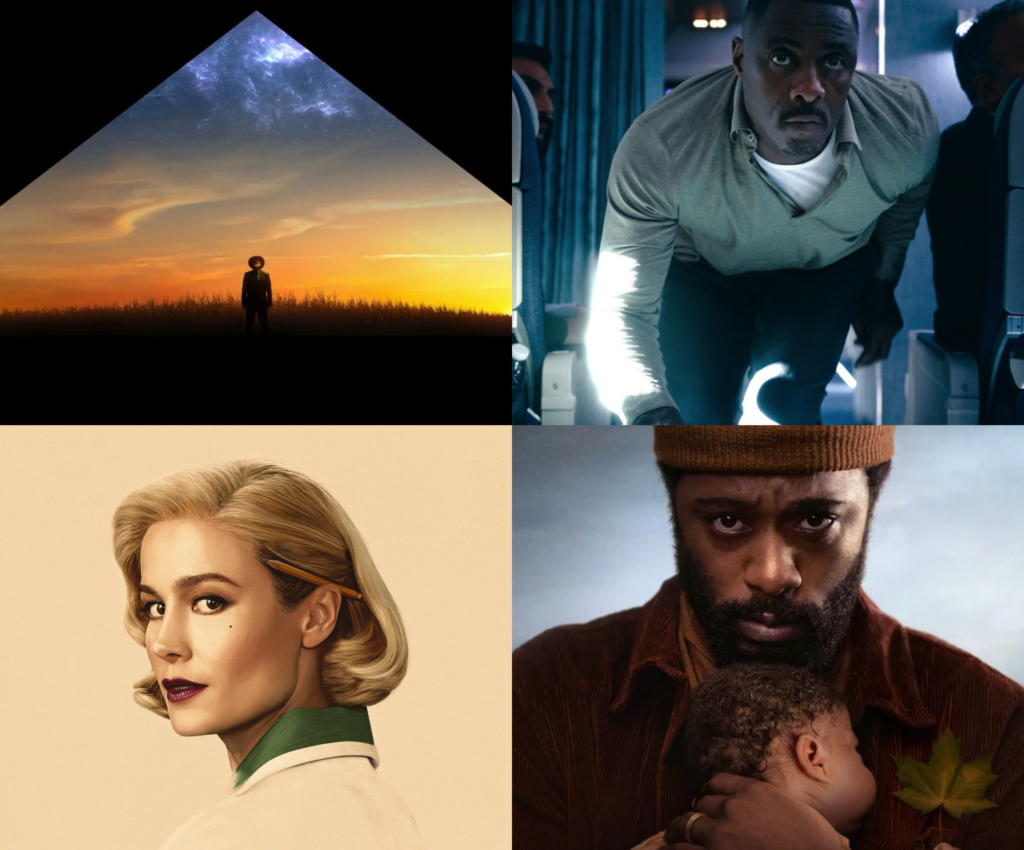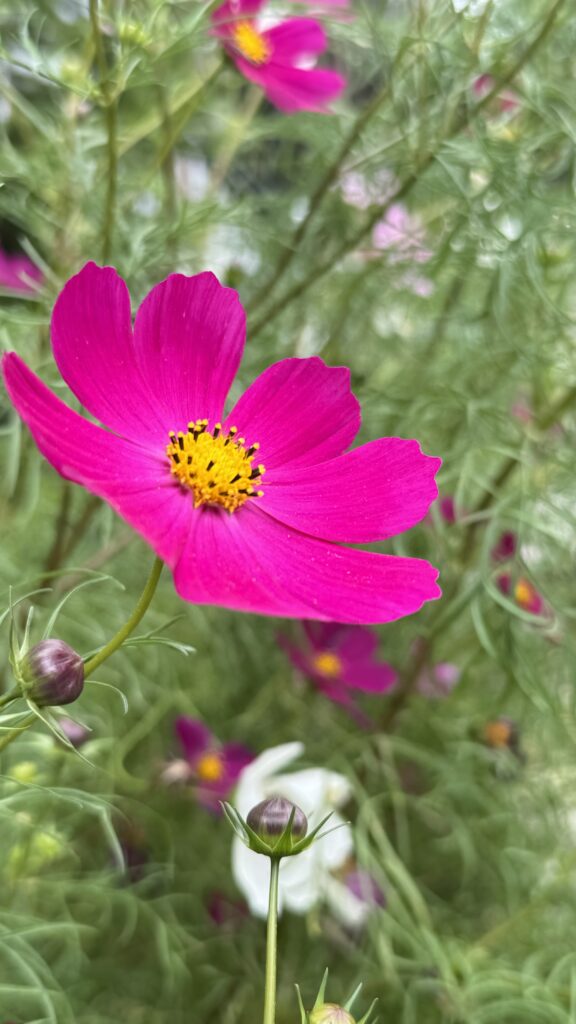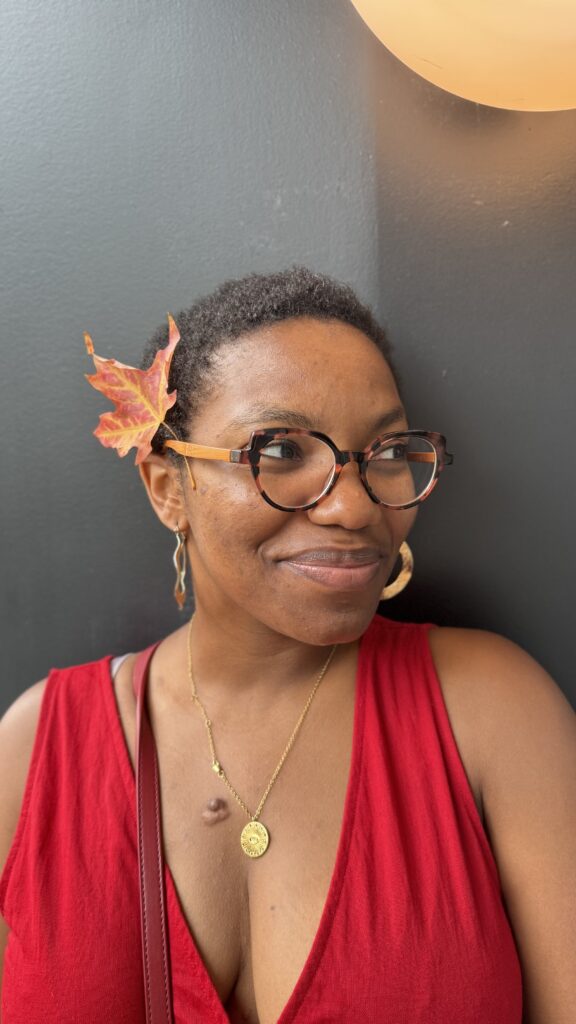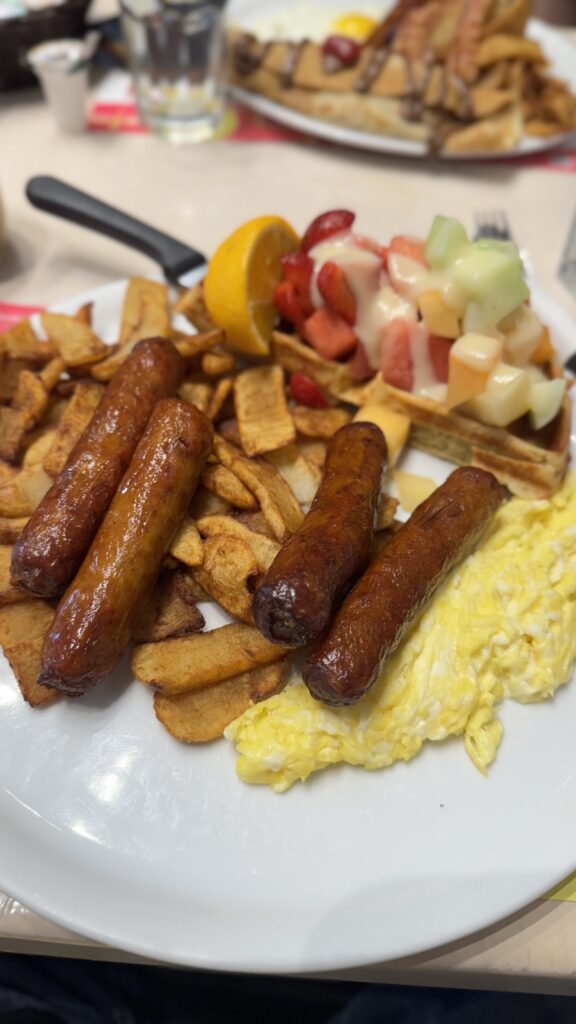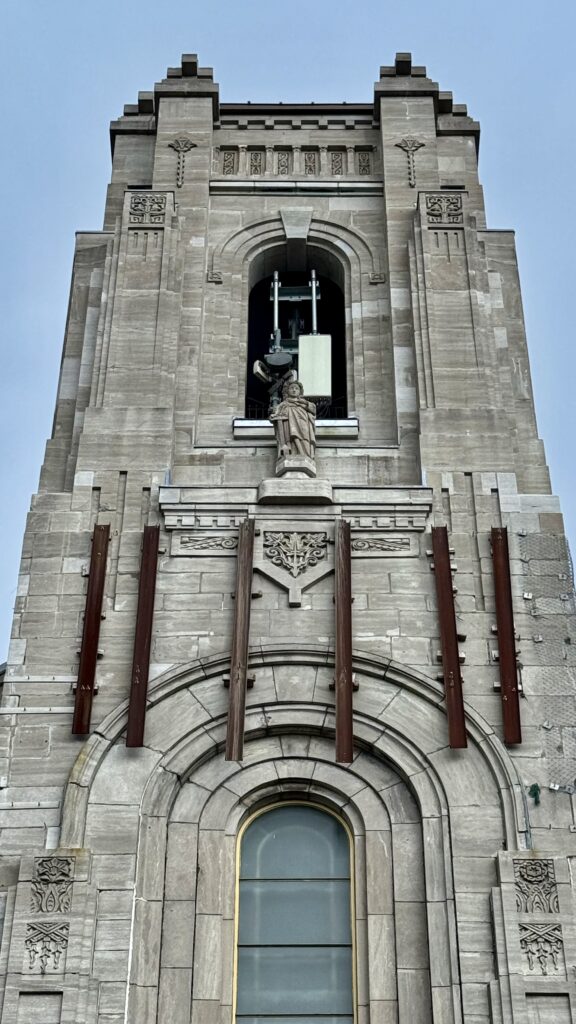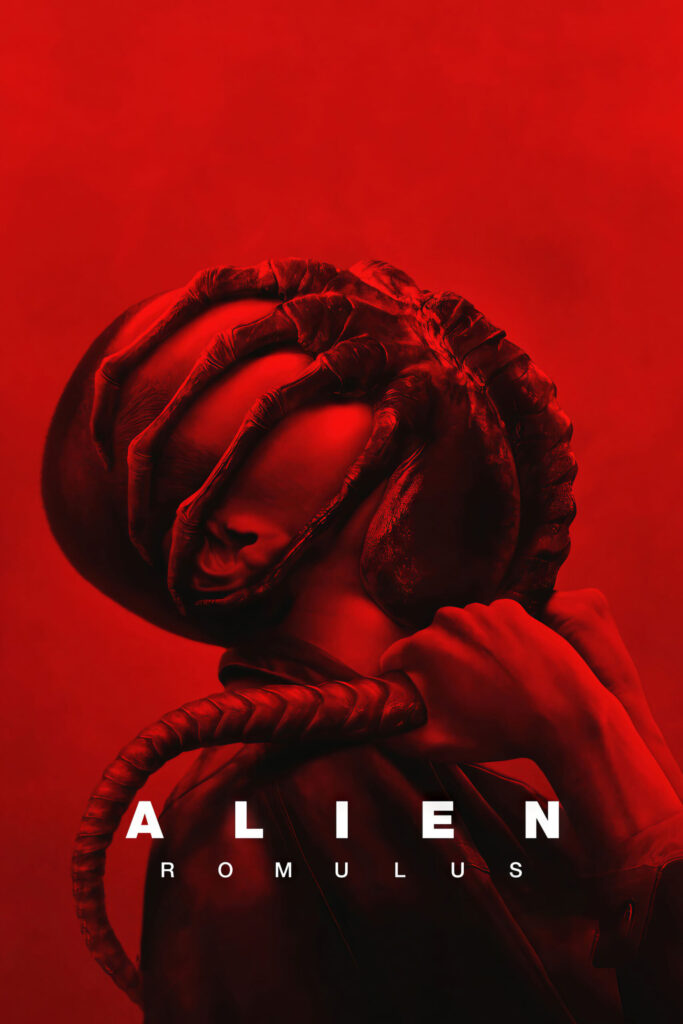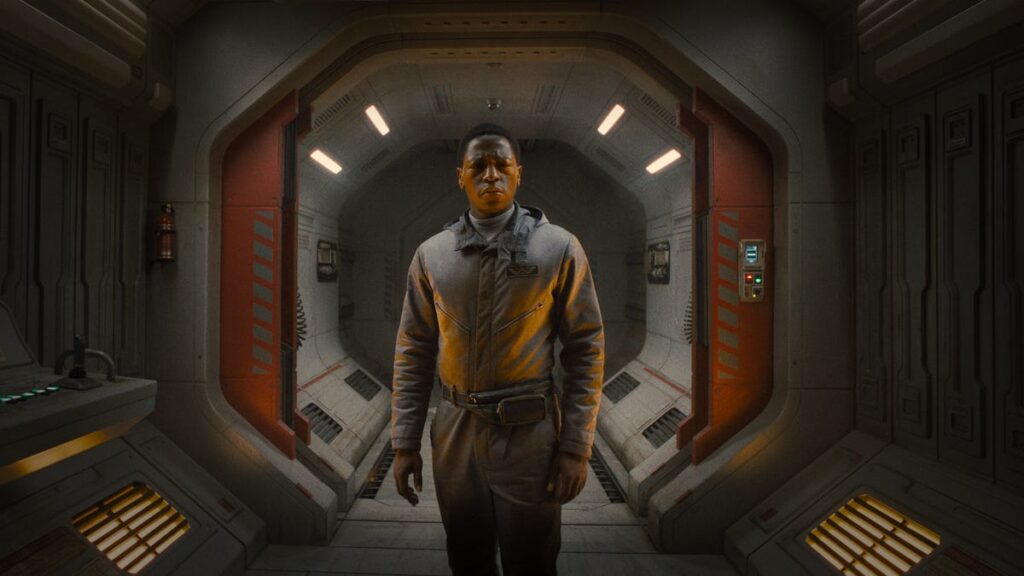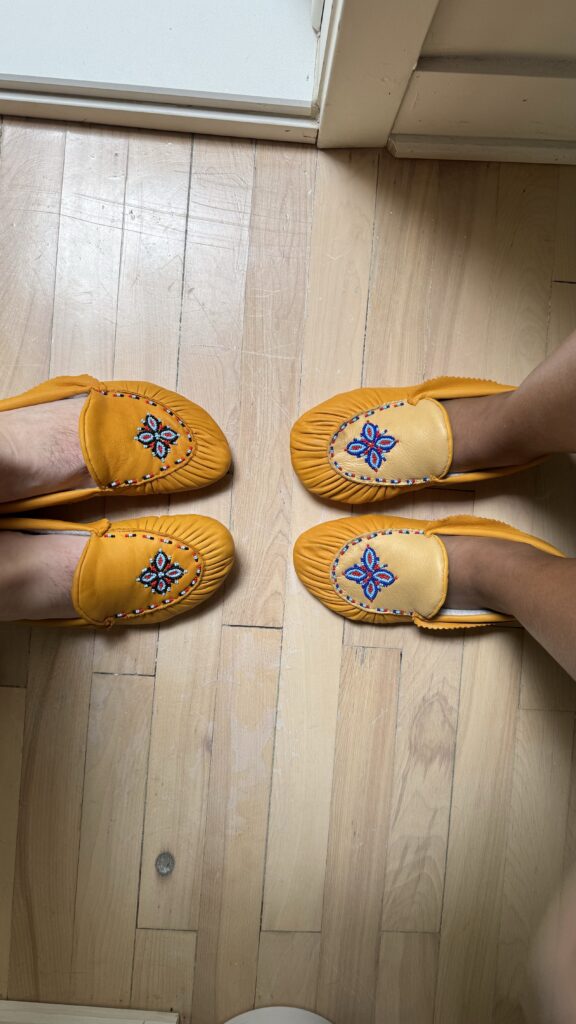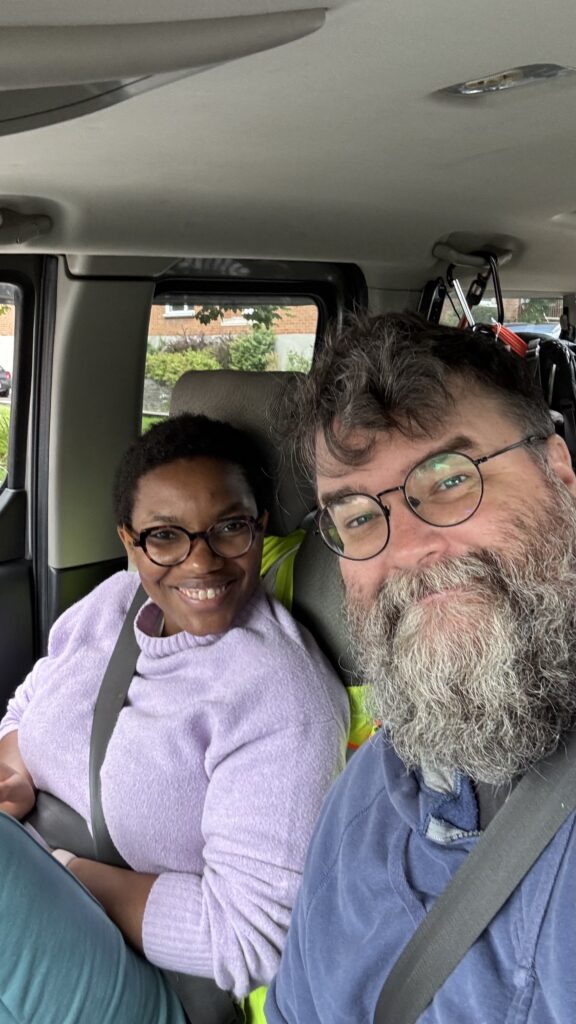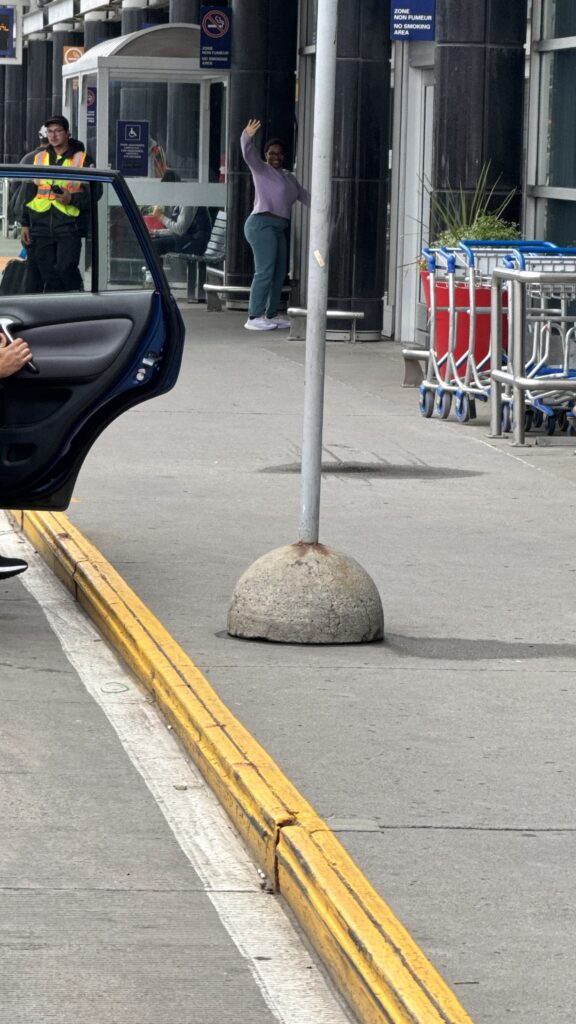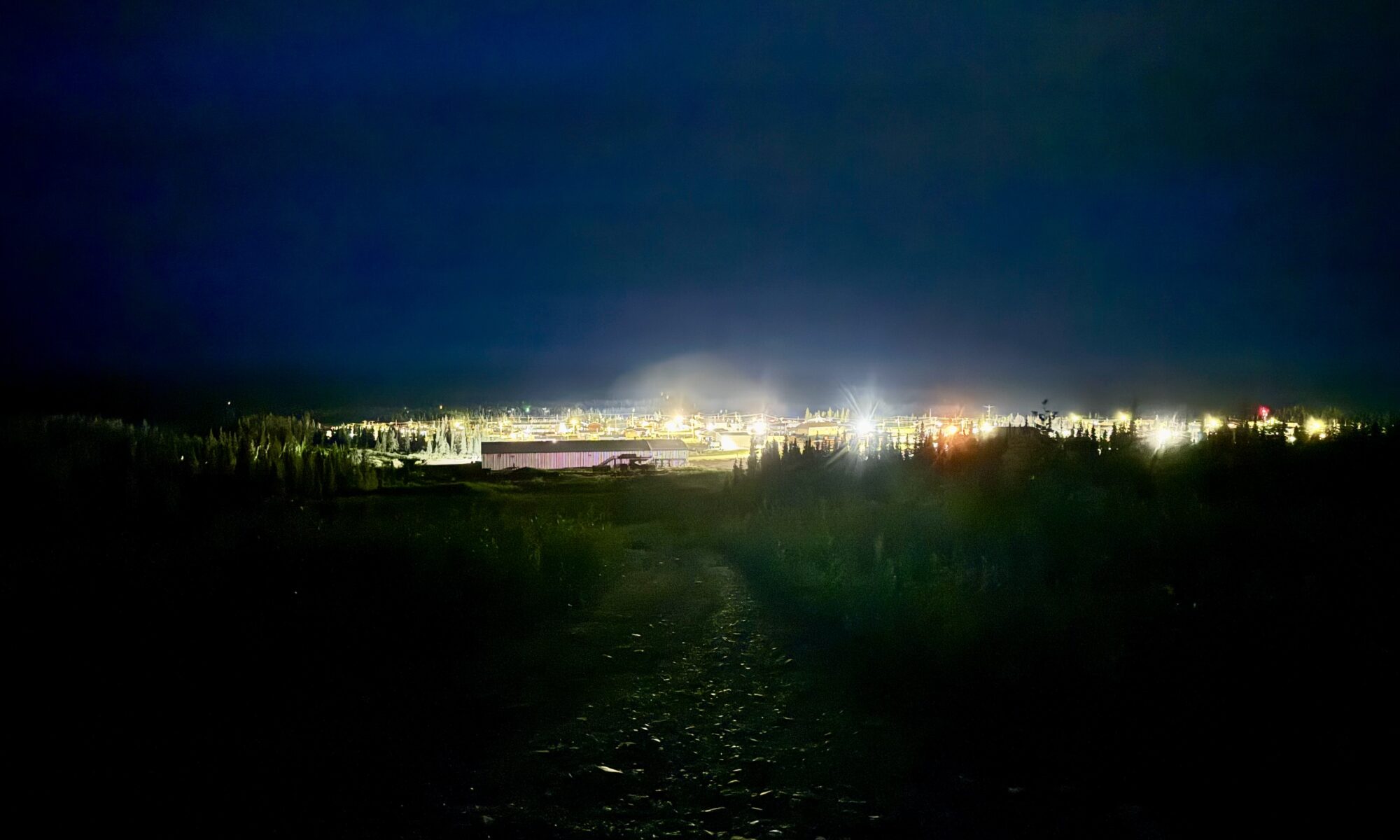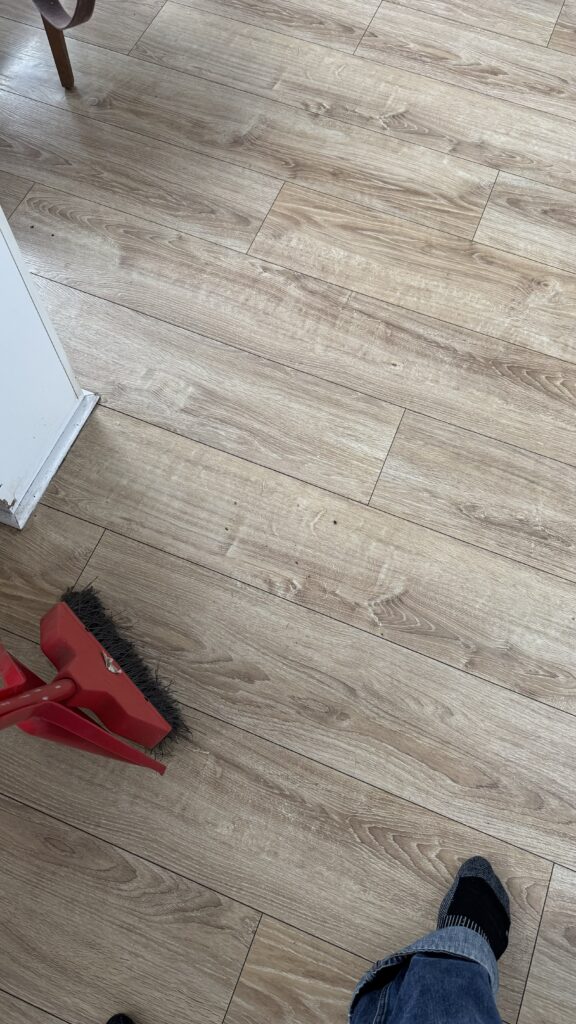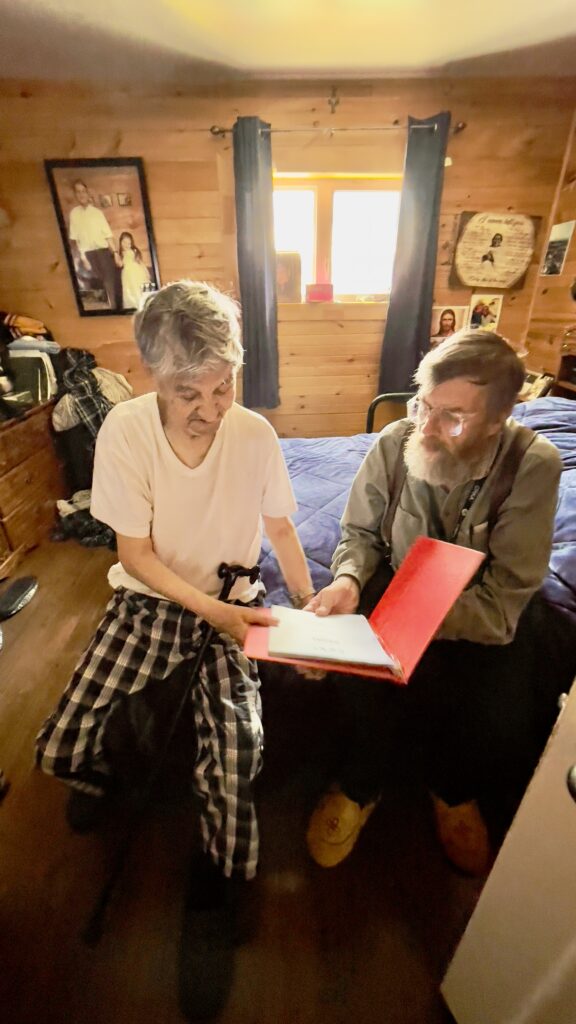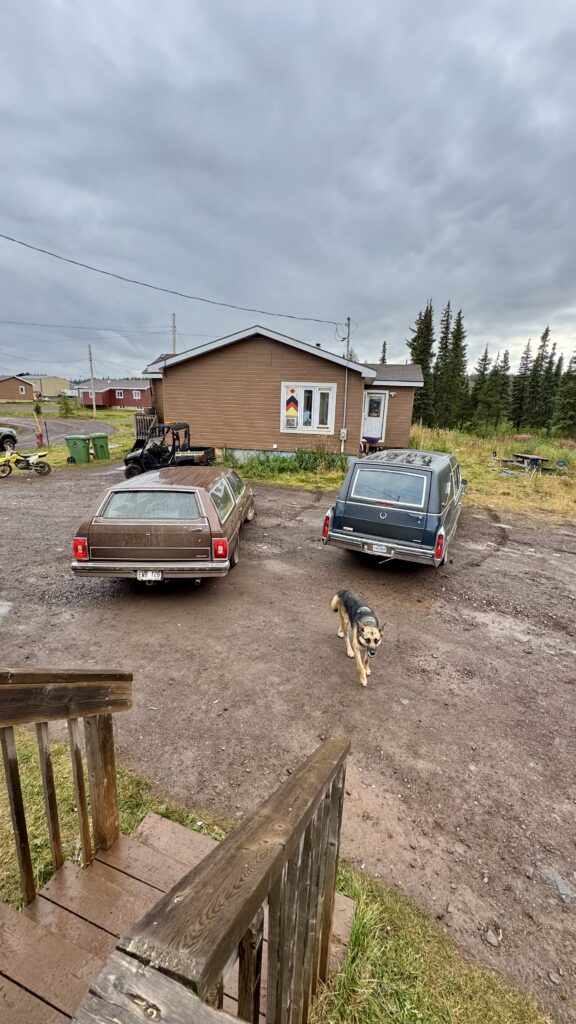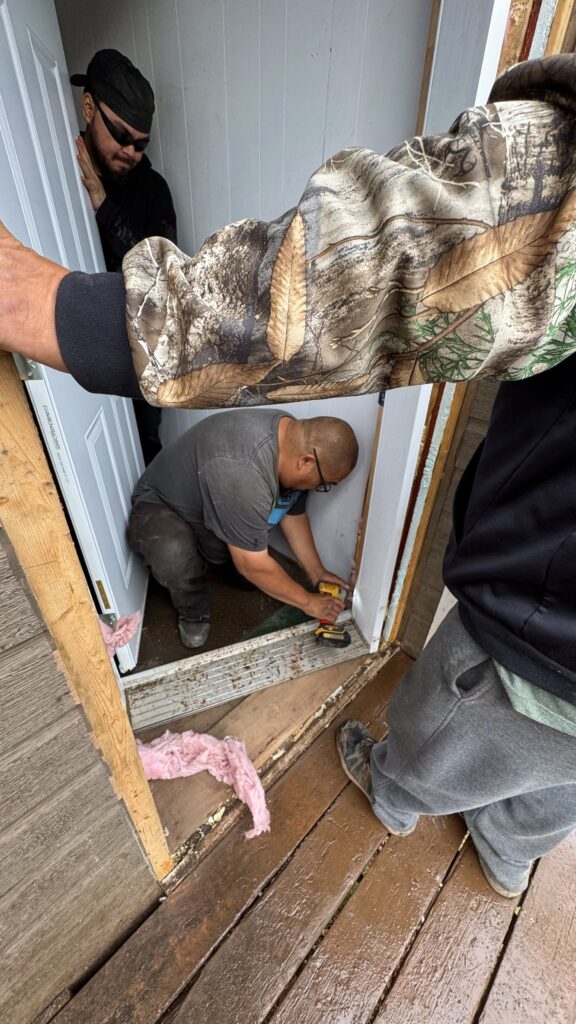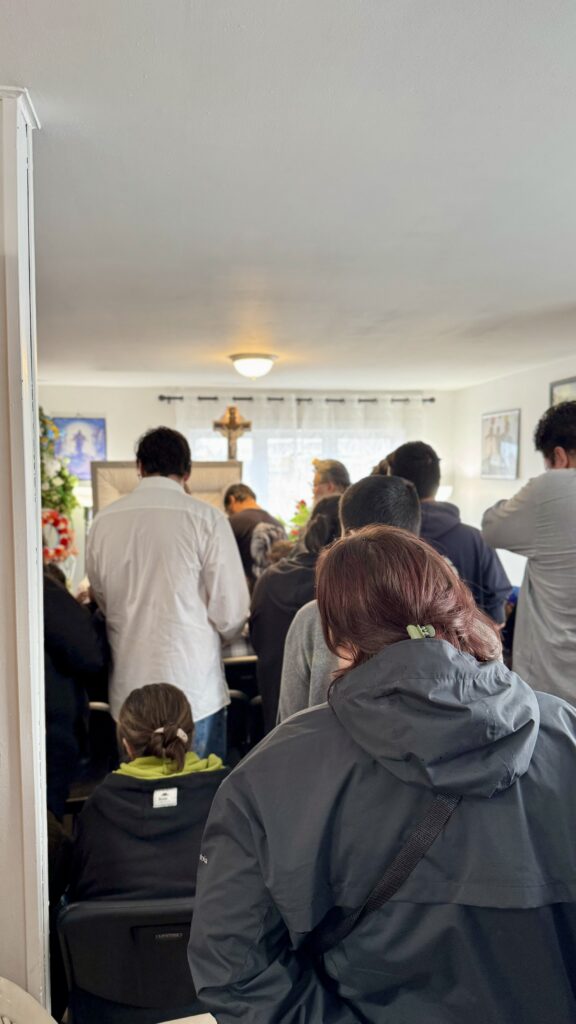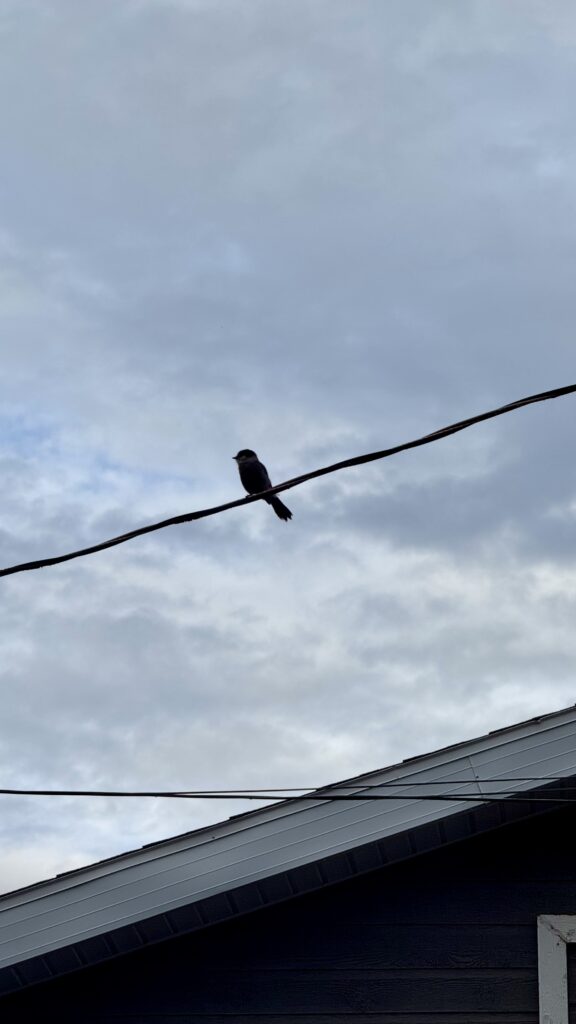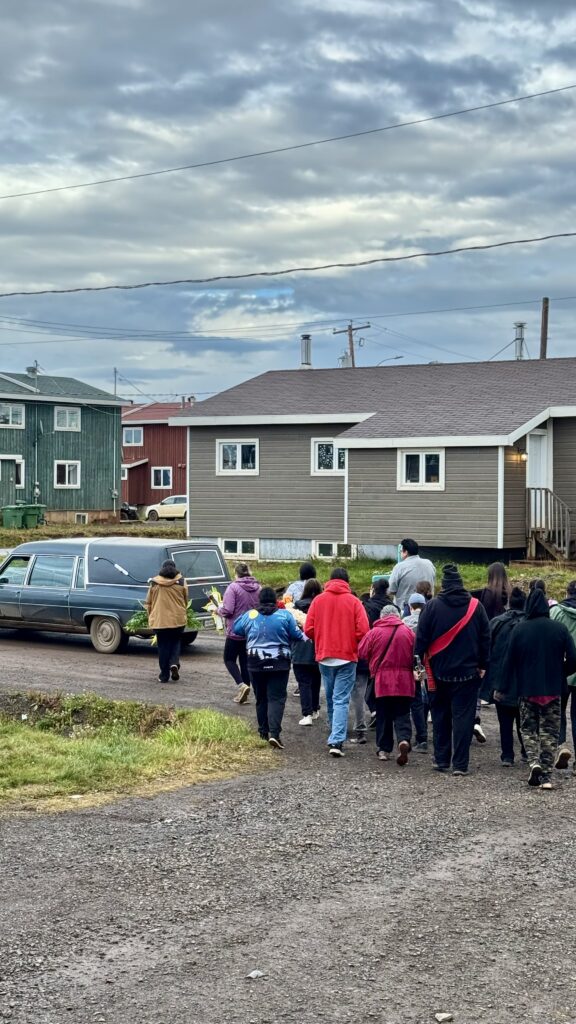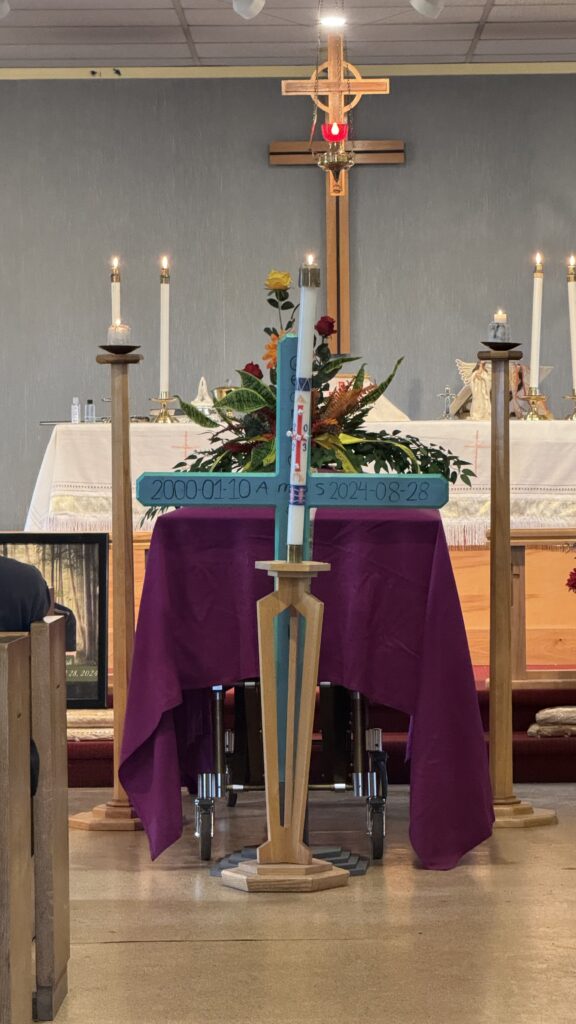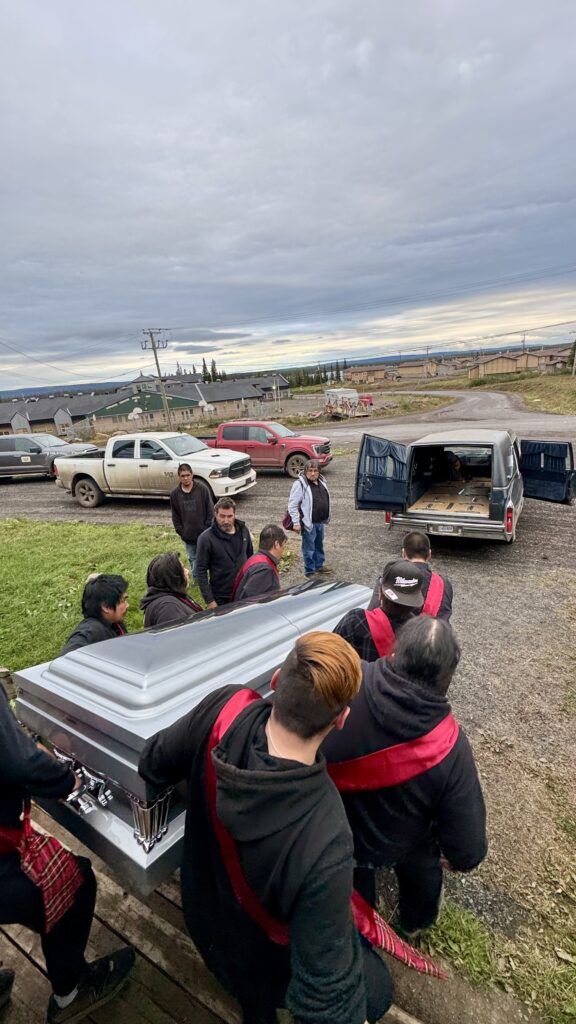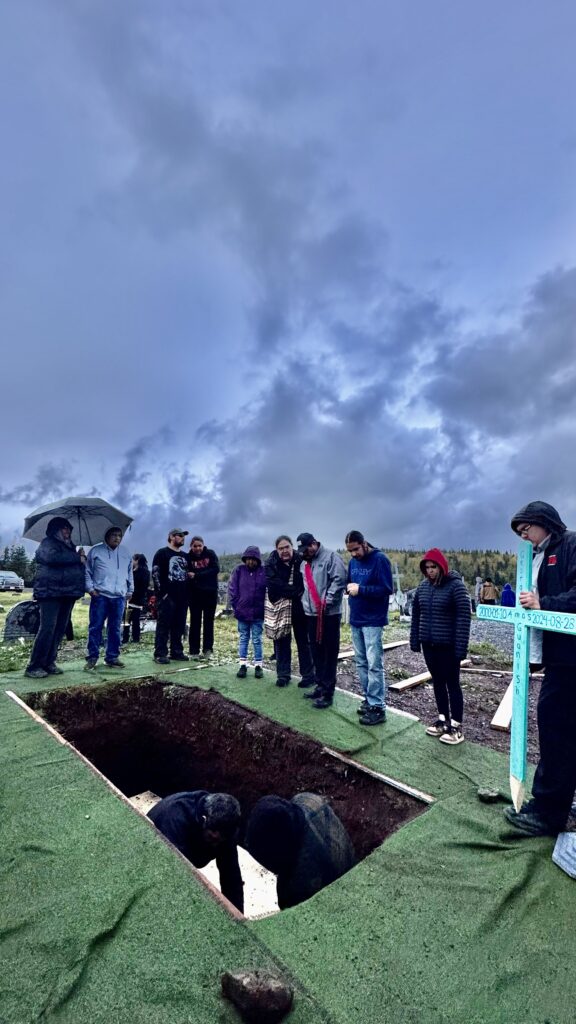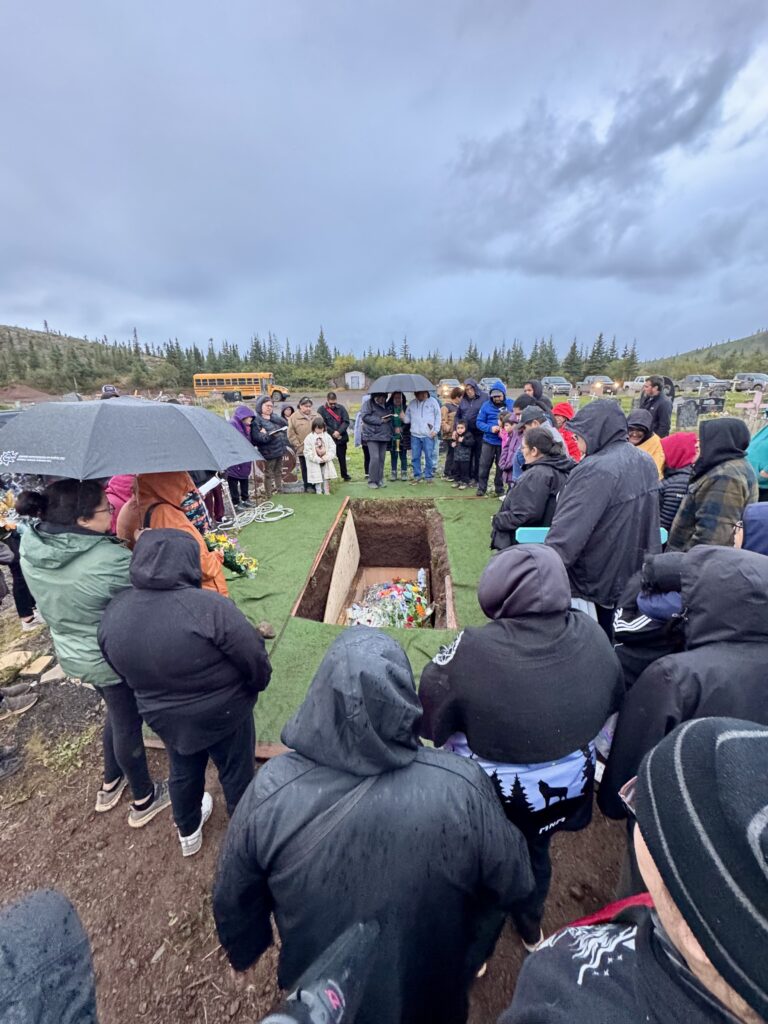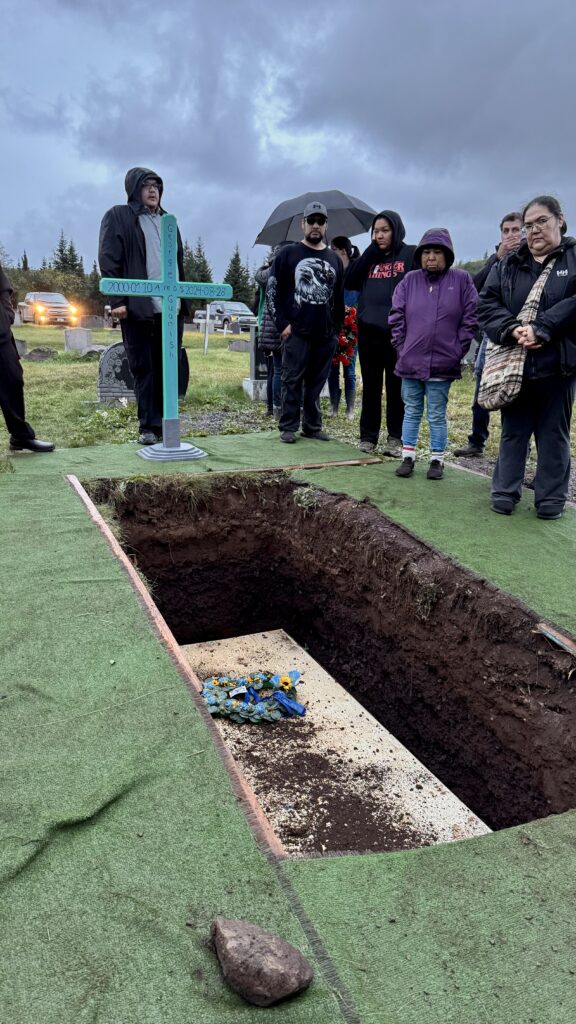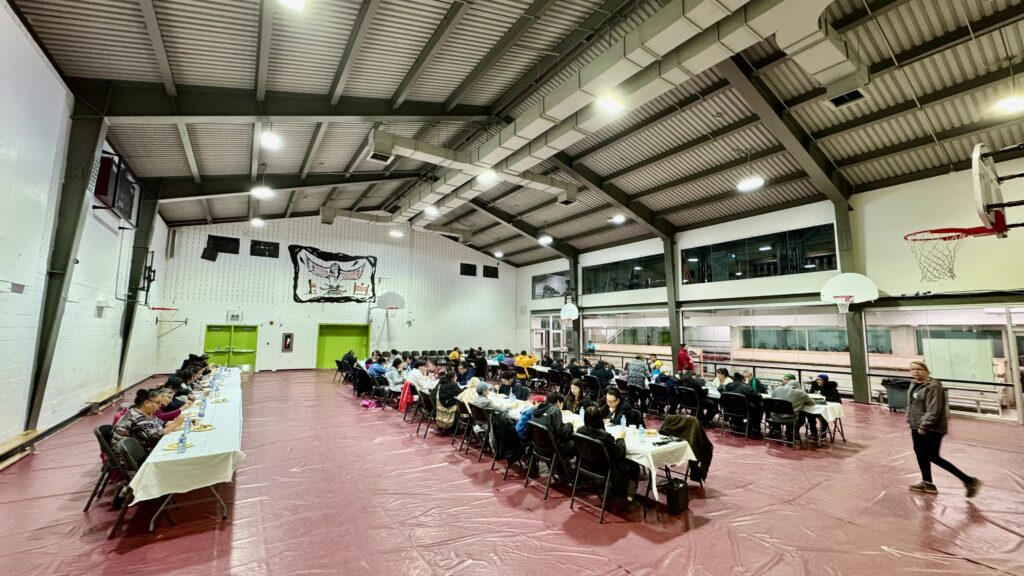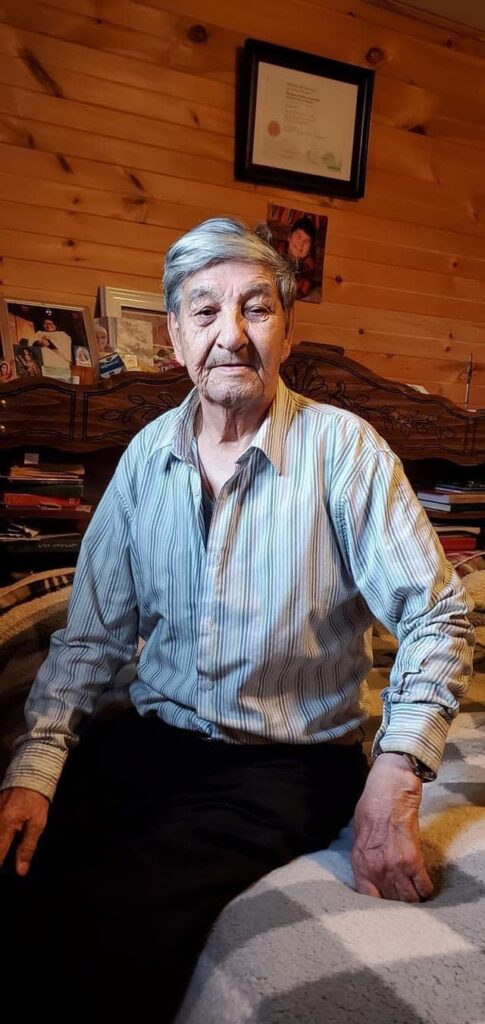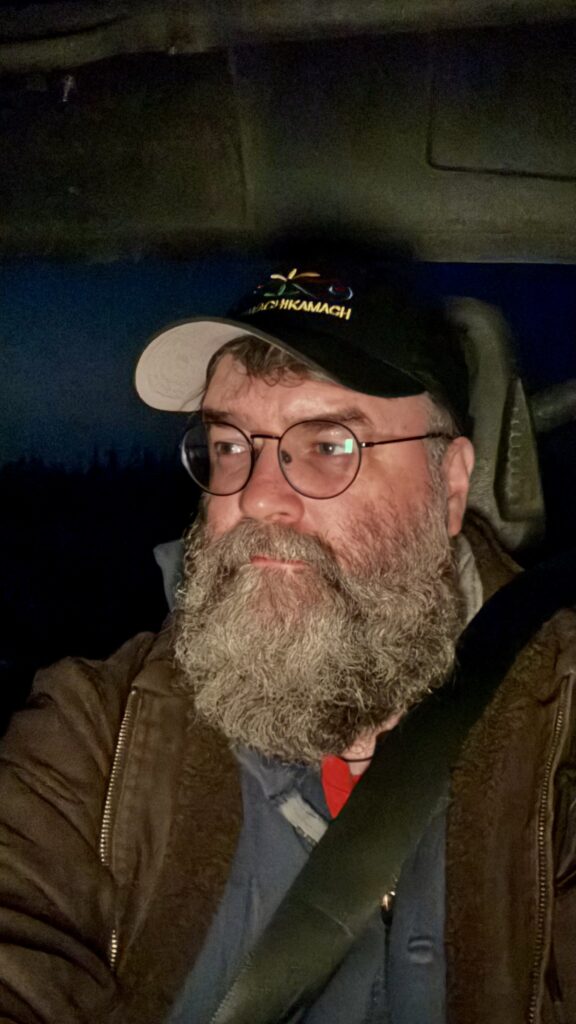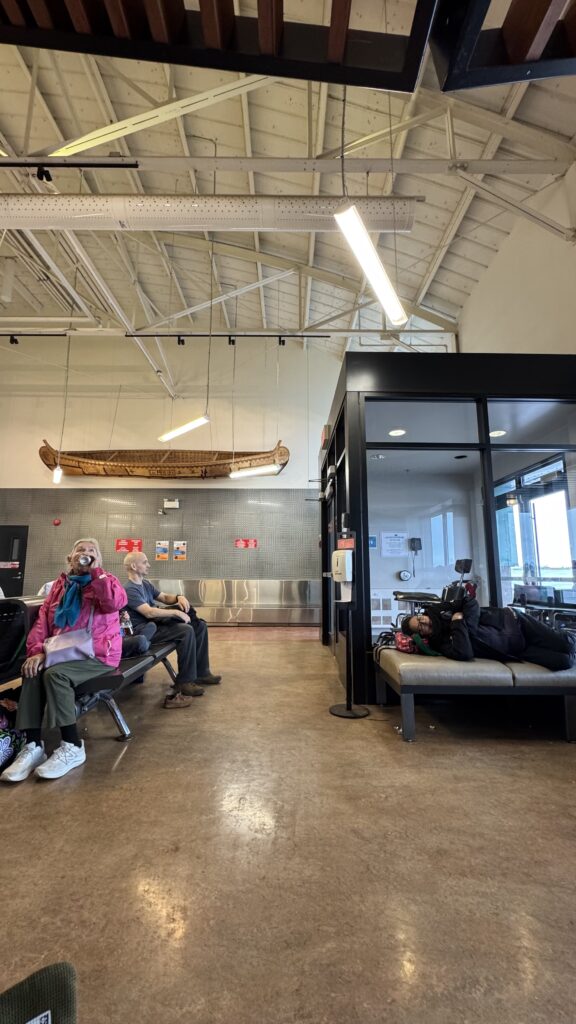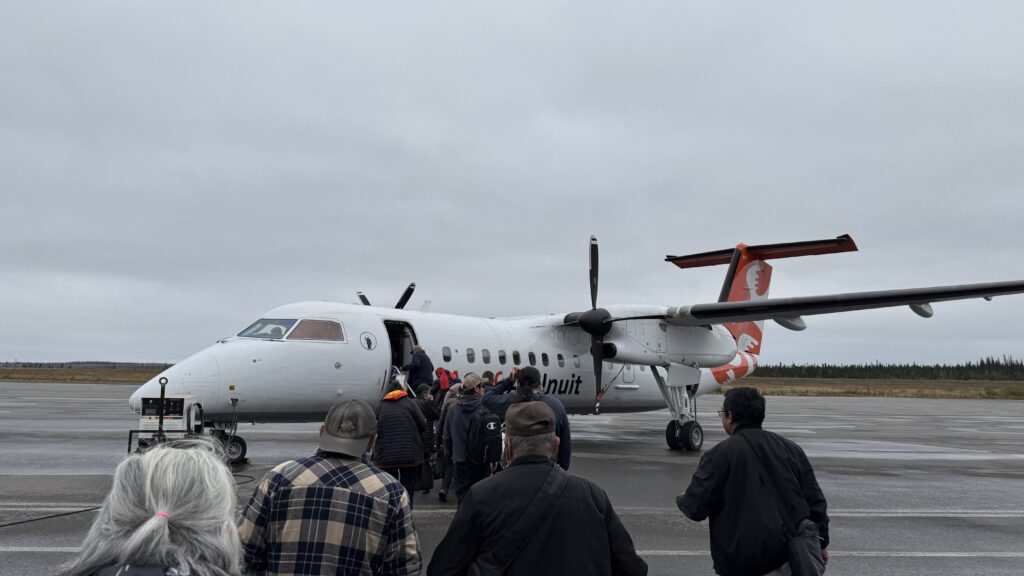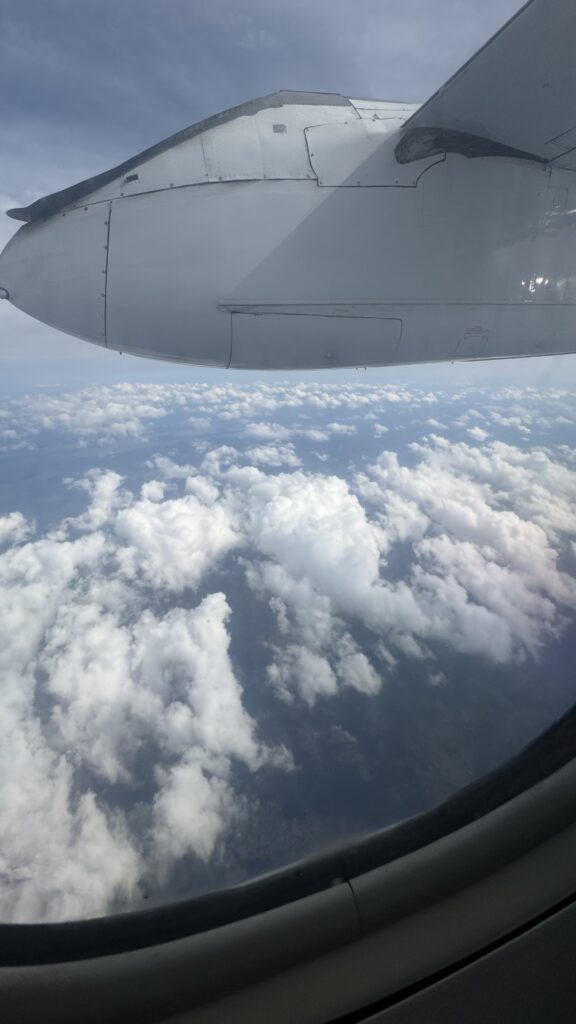On Thursday, Juneteenth, the family of arraber Bilal Abdullah held a vigil in West Baltimore.
Bilal, also known as BJ for “Bilal Junior”, was killed by the Baltimore Police on Tuesday. The Baltimore Beat has been extensively covering the story.
I went out and took pictures.

A memorial was set up with photos of Bilal and lots of candles. Hundreds came and signed posterboards in memorial.
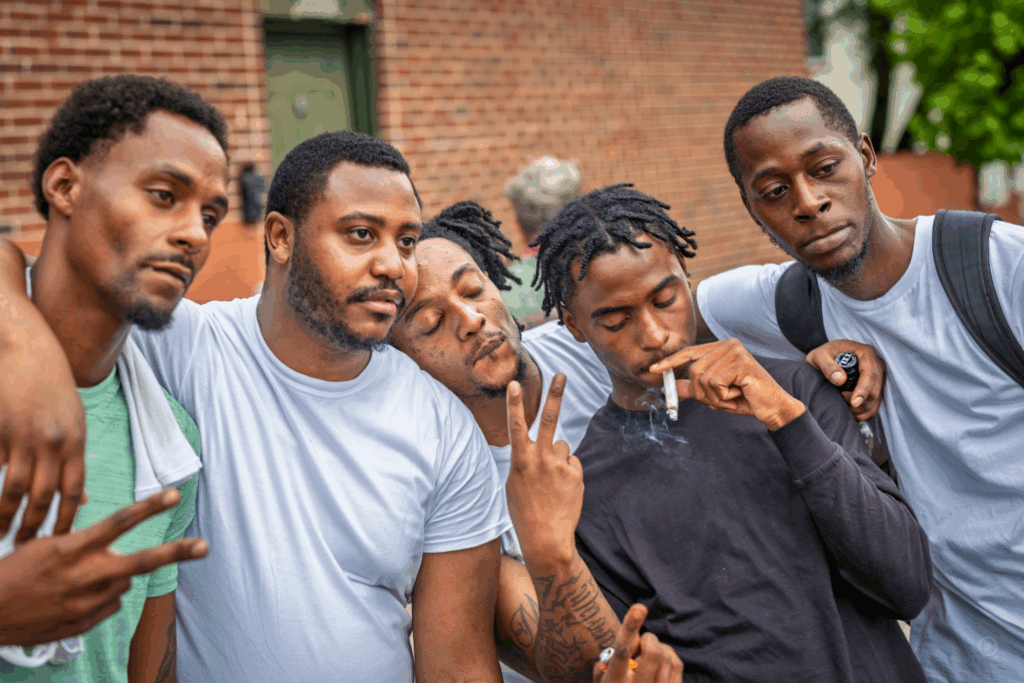
Many who were his friends and family came to celebrate him. The mixture of attempts to bring joy in remembering his life and the deep pain of losing him was thick in the air.
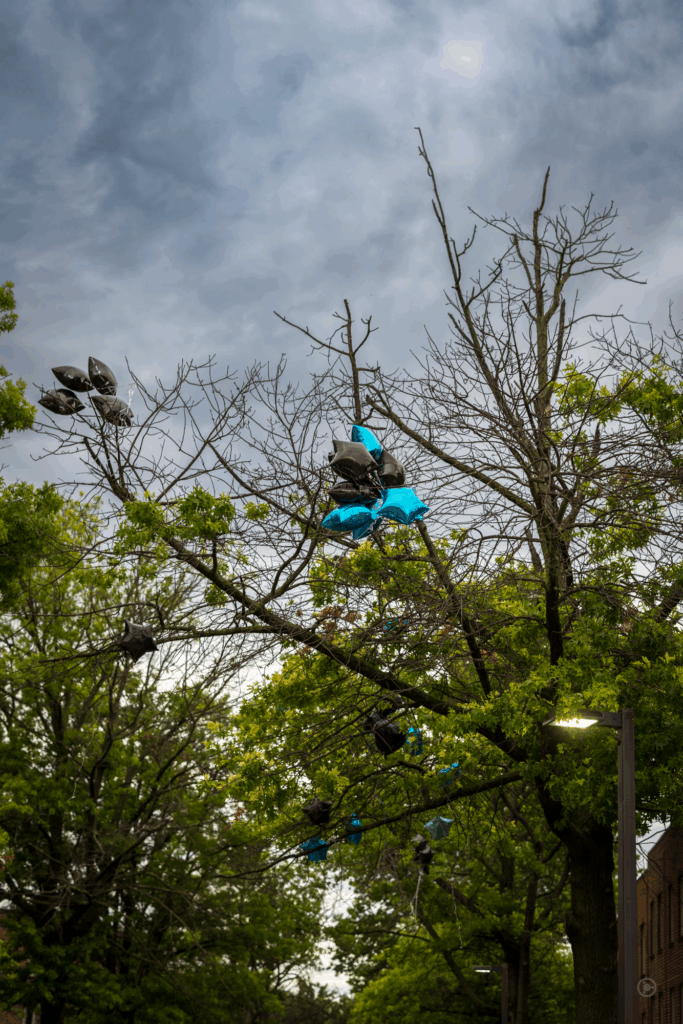
Bilal had been well known as an arabber in Baltimore, and had been credited as one of the people who were bringing a resurgence of the practice back to Baltimore. Many of the current arabbers are much older.
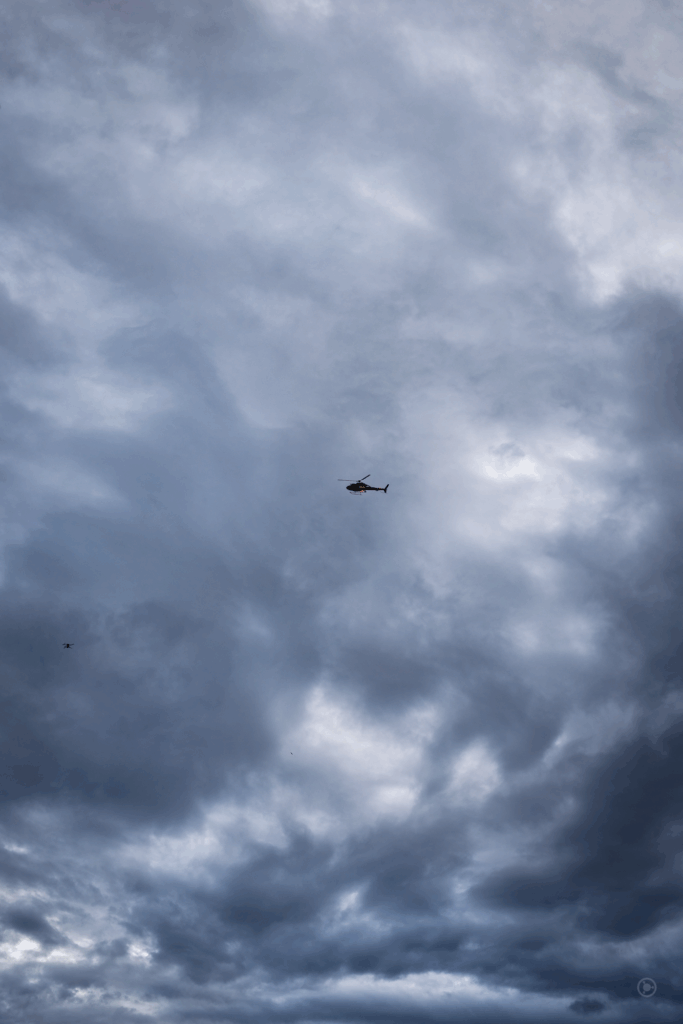
A heavy storm had delayed the vigil by several hours, which meant that a lot of the heavy police presence from earlier in the day dissipated. The police helicopter continued to circle the people lighting candles for hours though.

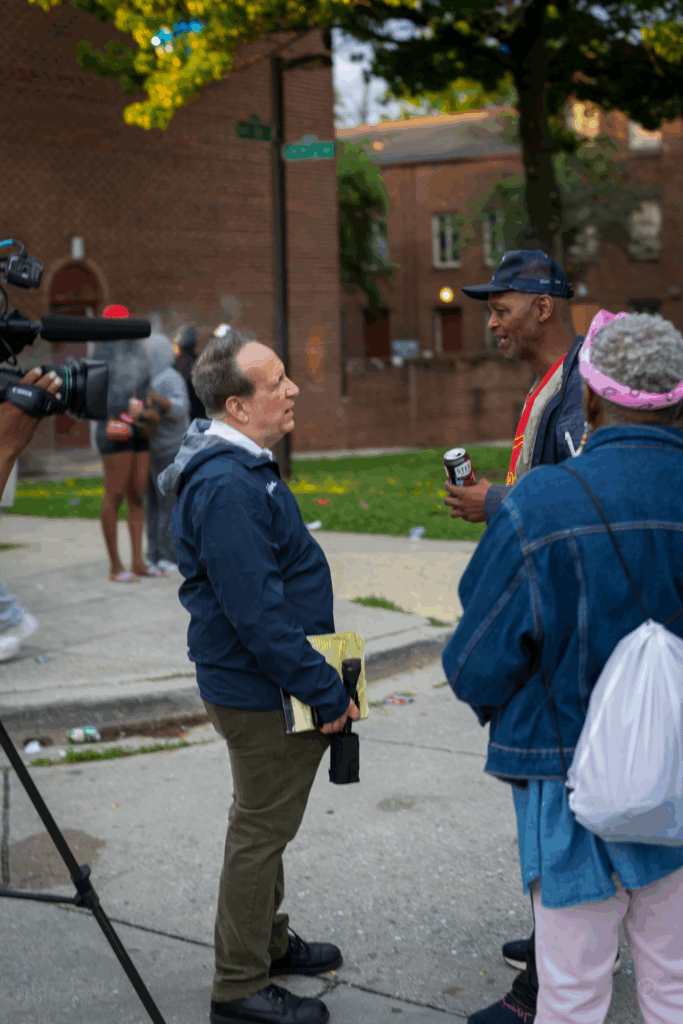
Jeff Abell from Fox News kept trying to get close to Bilal’s mother, who made it very clear she did not want to be photographed, videoed, or interviewed. She had been injured by the police trying to get to her son when he had been shot, and sat in a chair near the memorial. People kept telling Jeff that he was not welcome, and blocked his camera. He finally gave up and left.

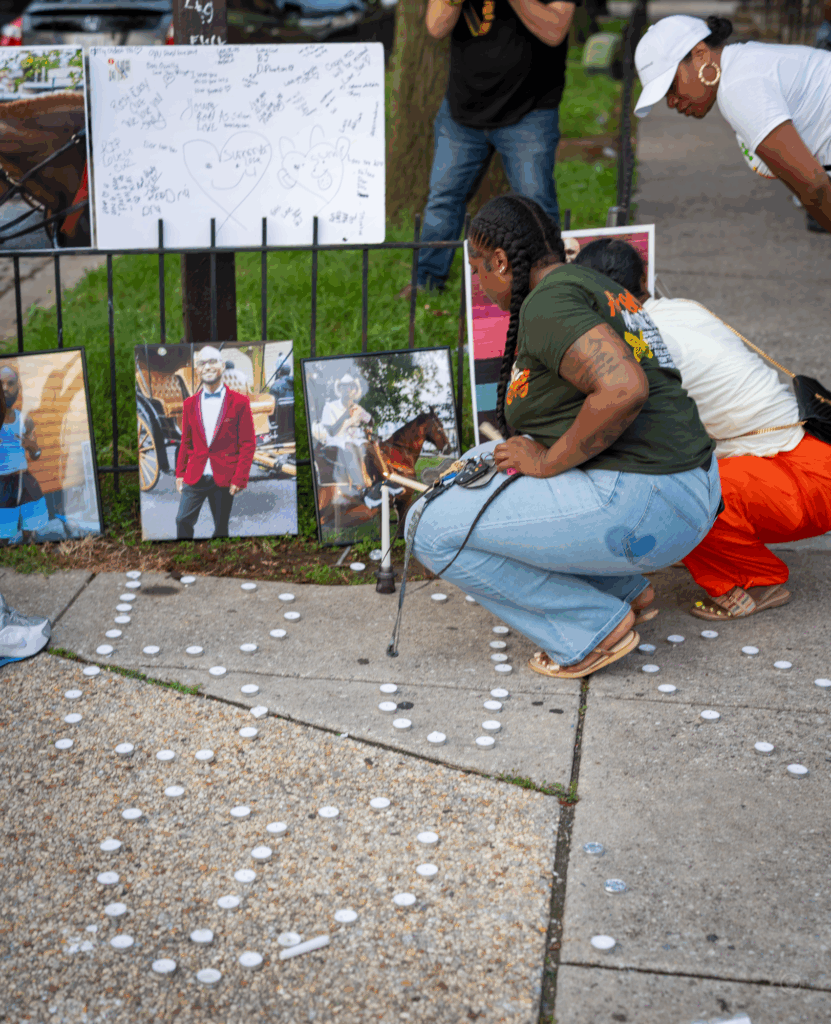
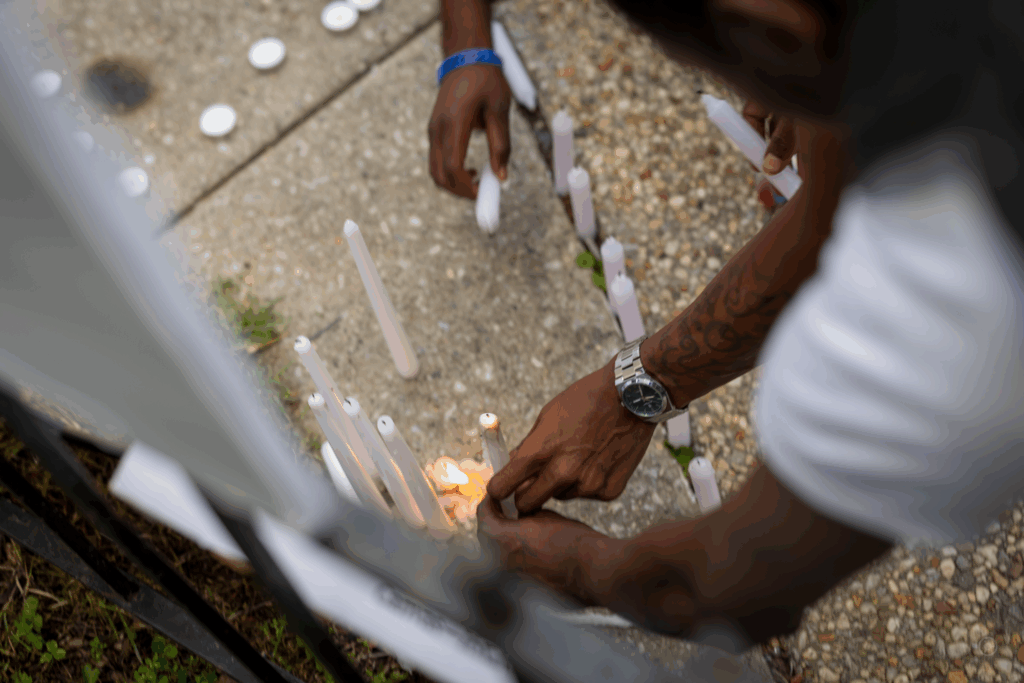
Though the breeze was heavy and kept blowing the candles out, a steady rotation of people came back and kept relighting them each and every time.

As it was setting, the sun broke through the storm clouds, casting a golden glow over the entire scene. “That’s Bilal,” his mother said, “He’s come to thank us for being here.”
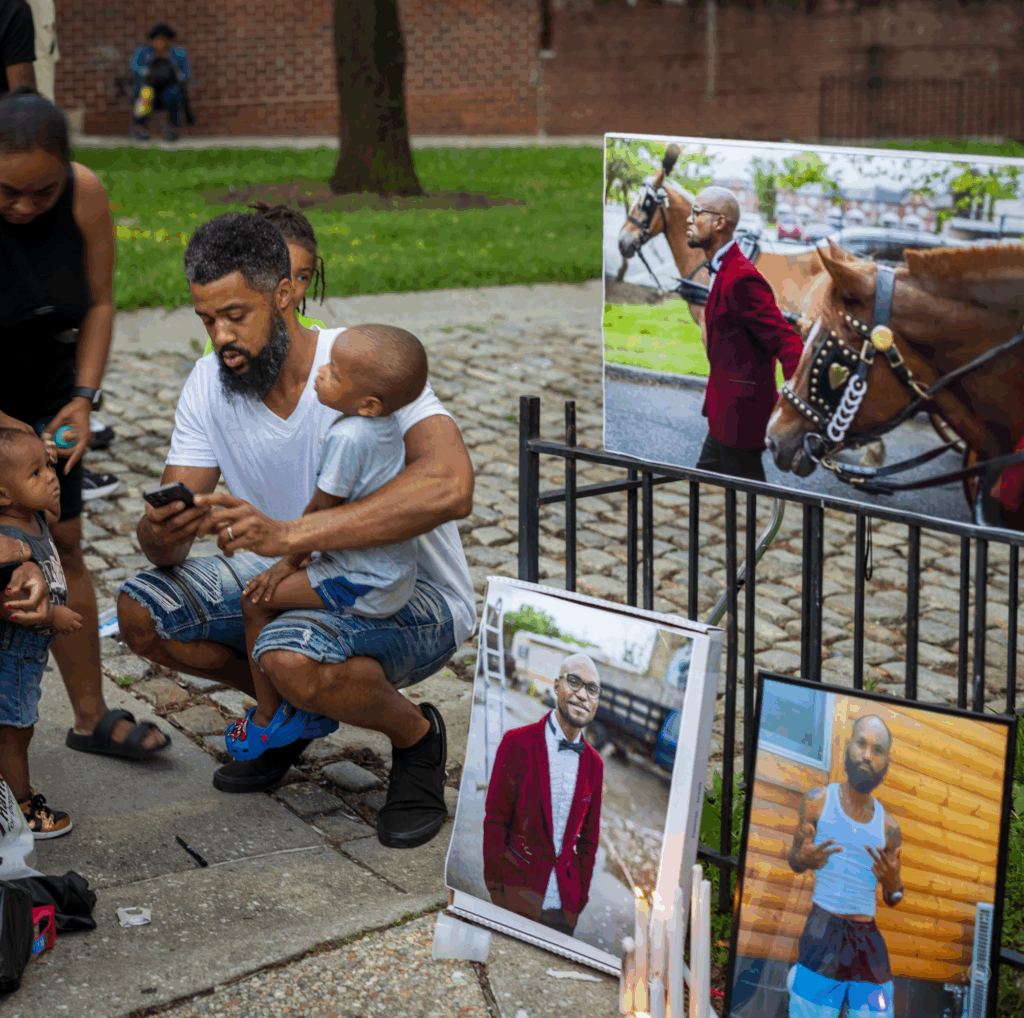

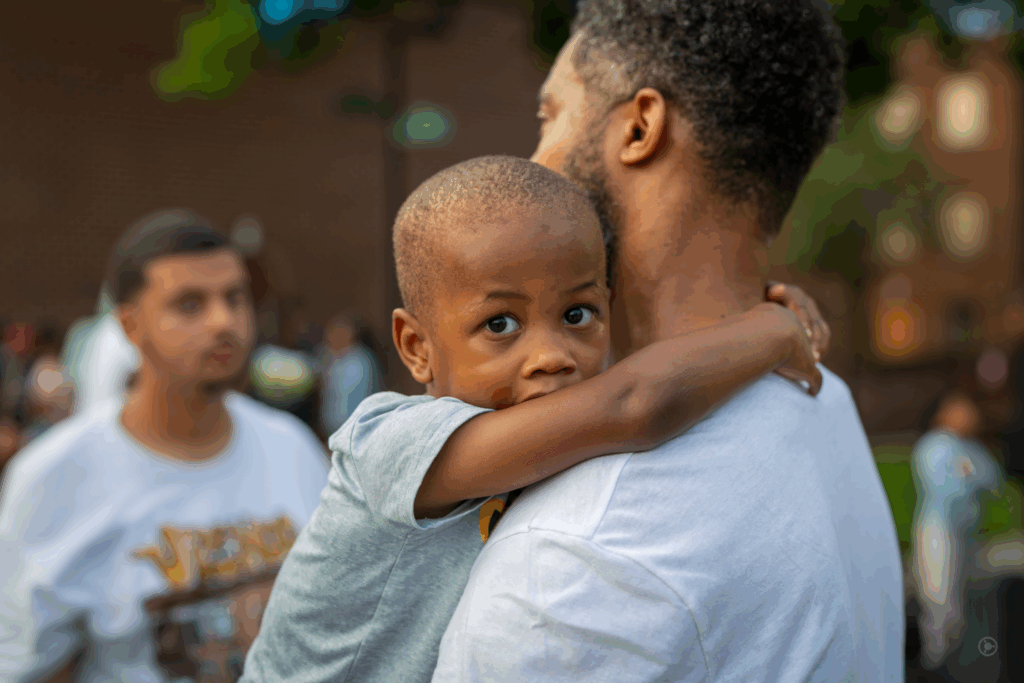
Aaron Maybin, a community activist and board member of the Civilian Review Board, came with his kids to console Bilal’s mother and provide updates to Baynard Woods, the Baltimore Beat’s journalist. “They keep pushing back the release of the body camera footage,” he said.


Realizing I was there for them, Bilals family began asking me to take photos of them gathered. “It’s sad that this is what brought us all together” one of them said.

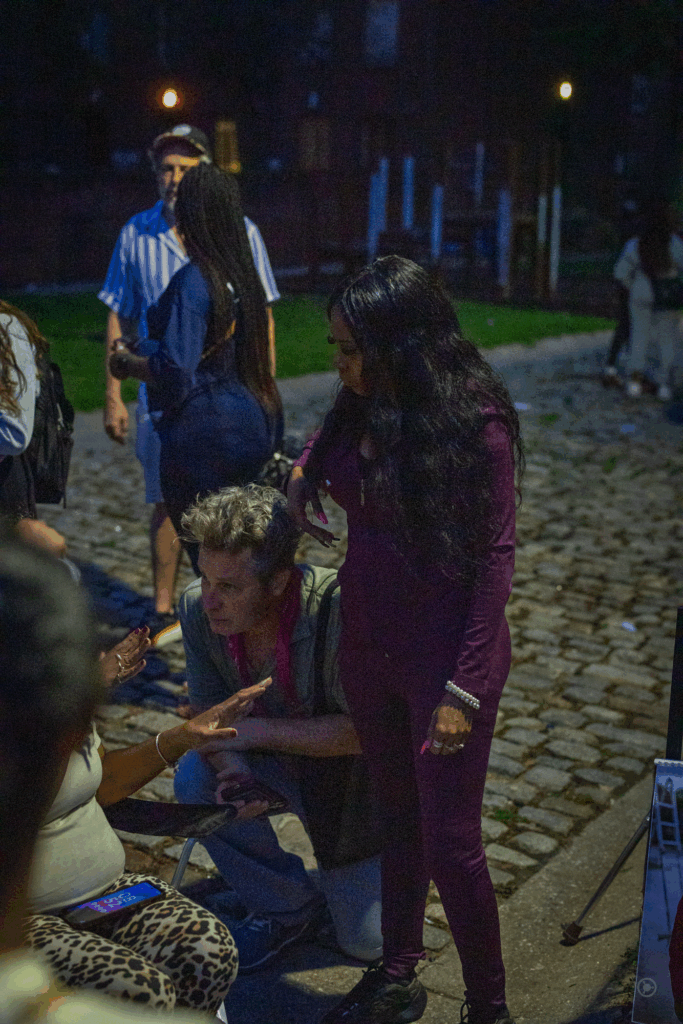
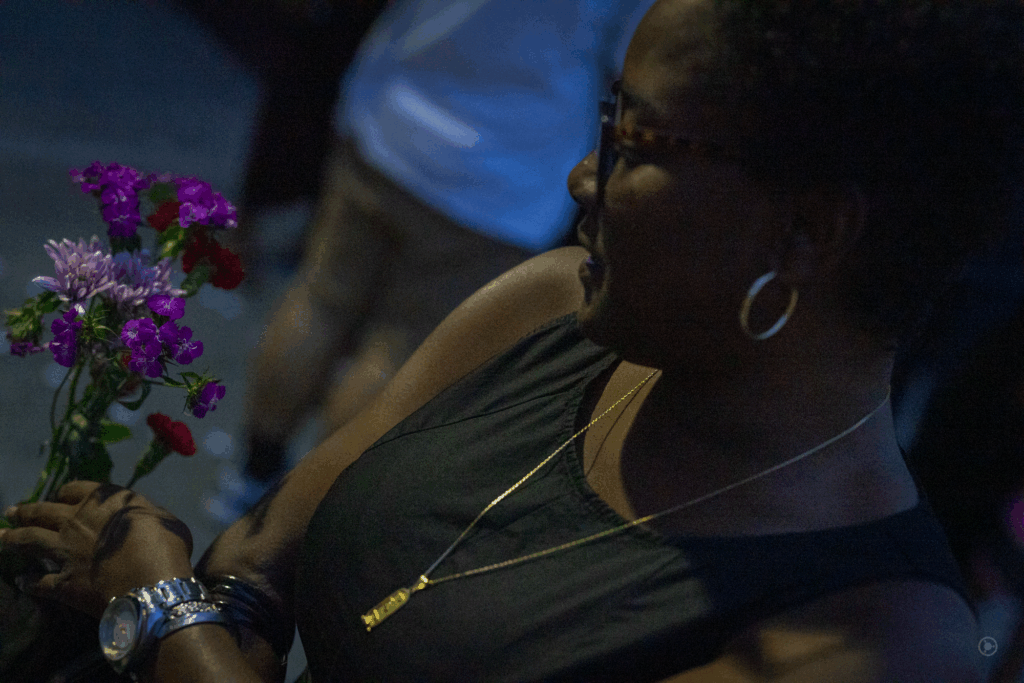
Catalina Byrd, Tawanda Jones, and Baynard Woods stayed near Bilal’s mother, letting her talk through her pain. “I hate this,” said Tawanda, “I hate that she’s now part of this club,” referring to the group of people in Baltimore who have had loved ones killed by the Baltimore Police. Tawanda’s brother, Tyrone West, was beaten to death by the police in 2013. Every Wednesday since then, Tawanda has led a protest in his honour.
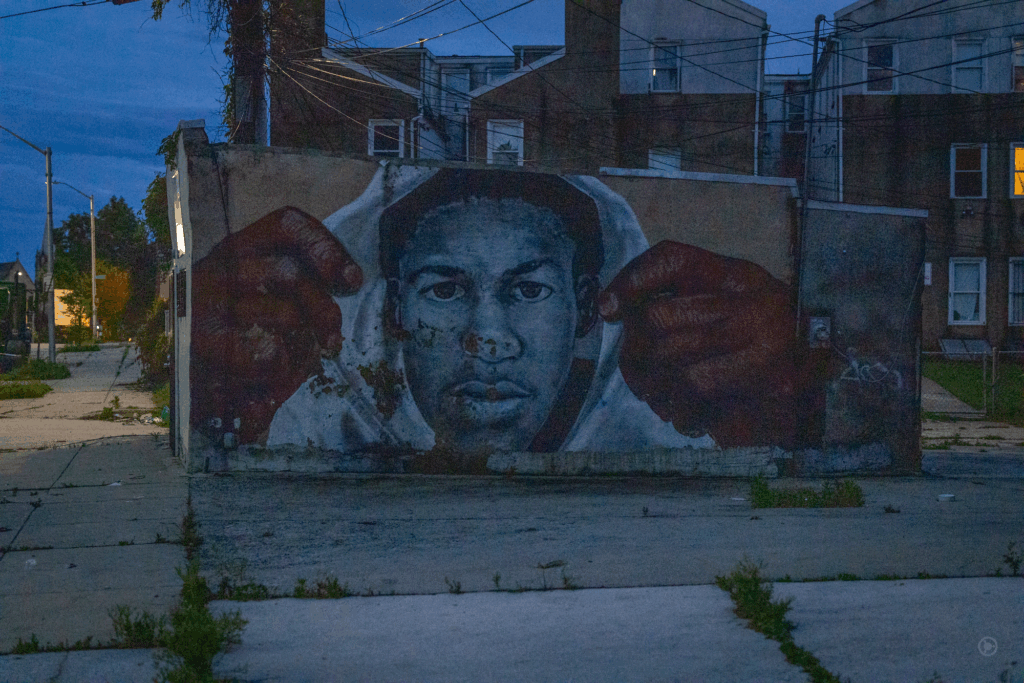
For many people attending the vigil, there were echoes everywhere. “This feels like Freddie Gray,” one young man said, lighting a candle. Freddie Gray was killed by the Baltimore Police in 2015. Directly across from the vigil, a mural of Trayvon Martin had been painted on the side of a garage. “There’s just so much pain here.”
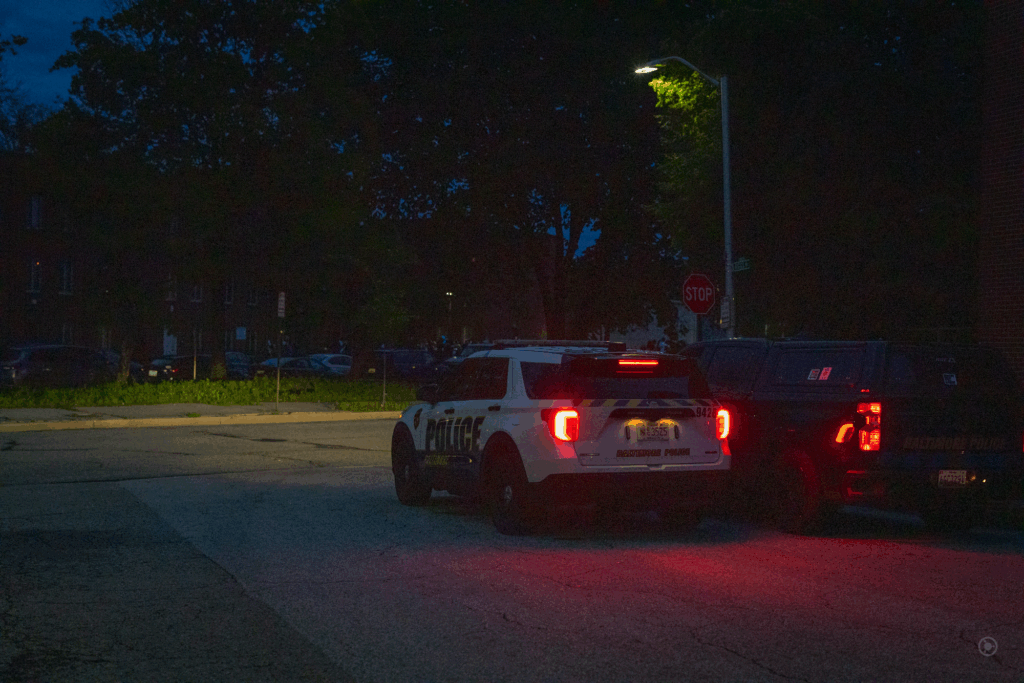
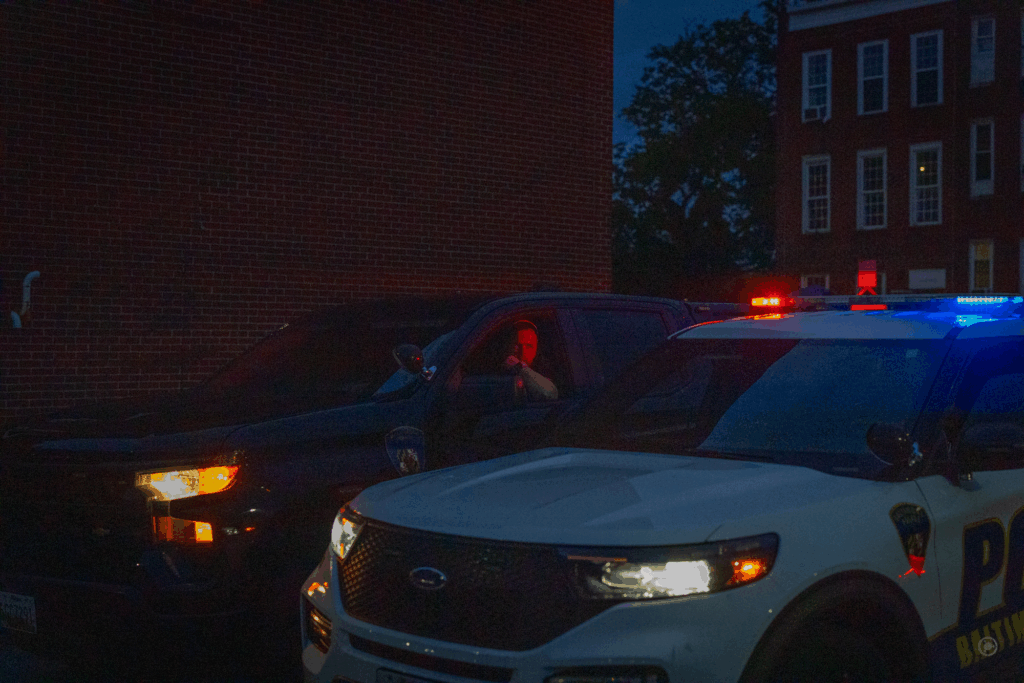
On the outskirts, police vehicles sat, lights blinking into the crowd. There was nowhere anyone could go to mourn without being able to see the police on the fringes.
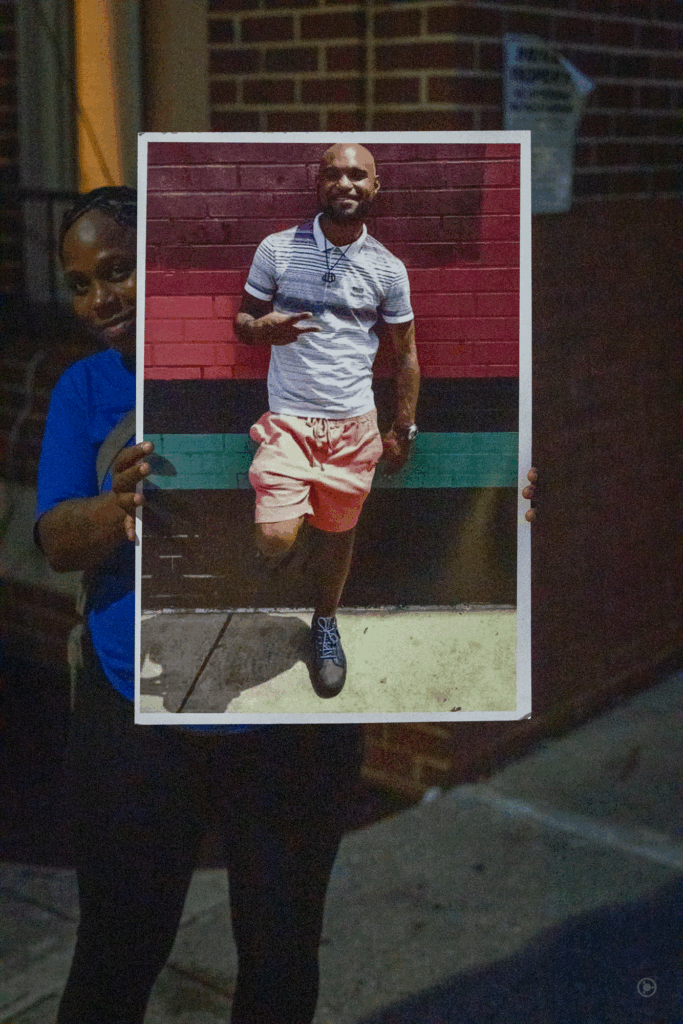
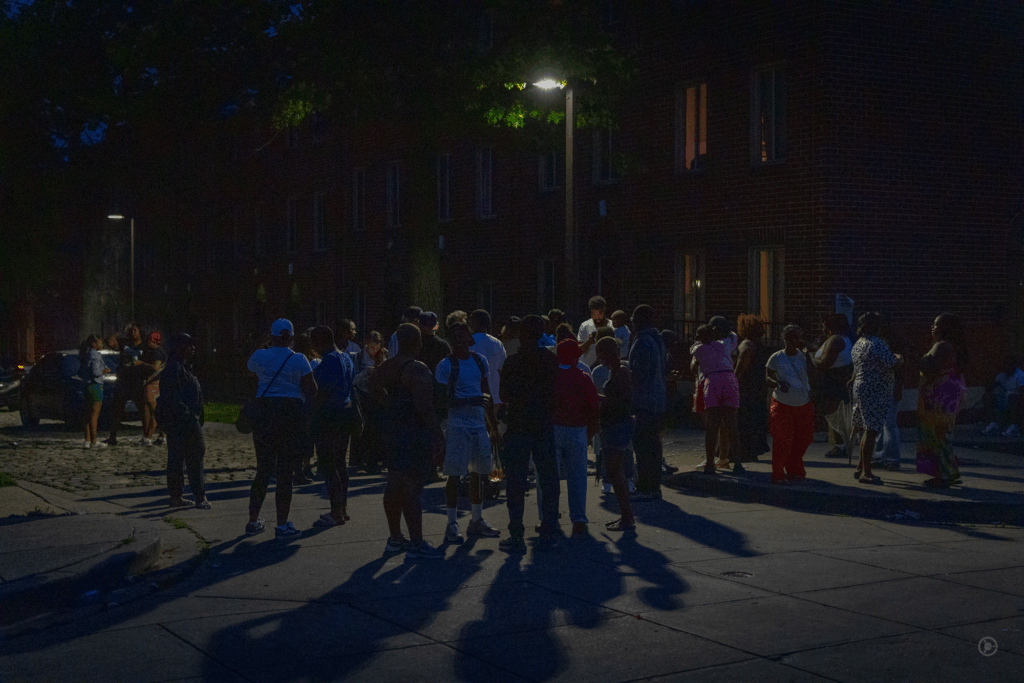
As it got darker, people began to filter home, and a soft rain began to fall. Family members picked up the photos of Bilal to take with them. “Bilal was my rock. My foundation,” one woman said, holding up a photo of Bilal standing in front of a red, black, and green wall.

The sky rumbled with thunder softly as people walked home. Tonight was about peace.
